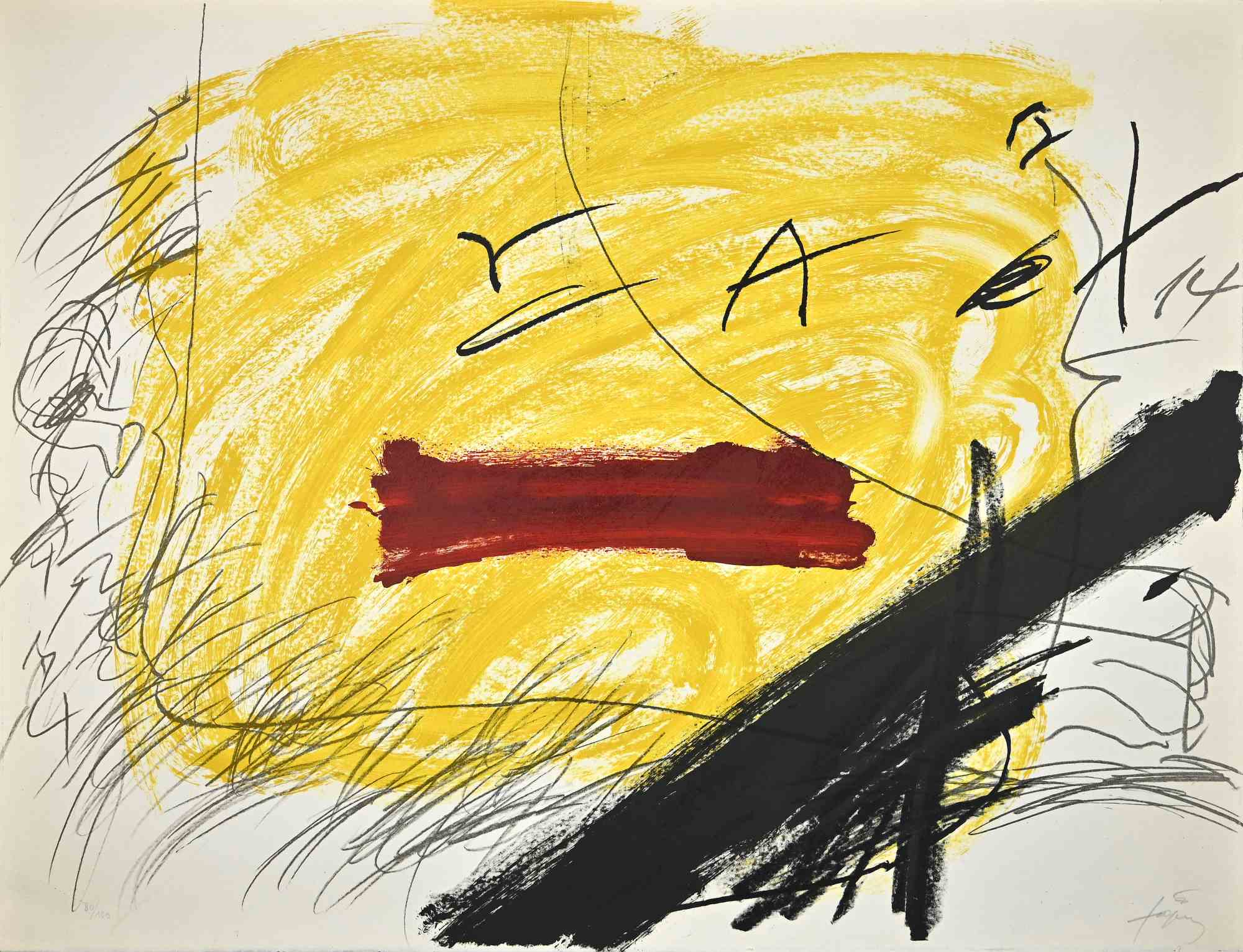
The Graphic Art of Antoni Tàpies: A Confluence of Materiality and Mysticism
Antoni Tàpies (1923-2012), a prominent Spanish Catalan artist, is widely celebrated for his profound contributions to modern art, particularly in the realm of graphic art. Tàpies’ work is characterized by a deep engagement with materiality, symbolism, and a meditative exploration of the human condition. His innovative approach to printmaking and his ability to infuse his works with both intellectual rigor and emotional depth have secured his place as a key figure in post-war European art.
Early Influences and Artistic Development
Born in Barcelona, Tàpies grew up during a turbulent period in Spanish history, marked by the Spanish Civil War and the subsequent dictatorship of Francisco Franco. These experiences profoundly shaped his worldview and artistic vision. Initially influenced by the Surrealist movement and artists like Joan Miró and Paul Klee, Tàpies soon developed his own unique style that merged abstraction with a deep sense of spirituality and existential inquiry.
Tàpies’ early graphic works reflect his fascination with the subconscious and the use of symbols. His prints from the 1940s and early 1950s often feature dreamlike imagery and an exploration of automatic drawing, echoing the Surrealist interest in accessing the unconscious mind. However, it was in the mid-1950s that Tàpies began to develop the distinctive style that would define his mature work, characterized by a focus on texture, materiality, and a somber, introspective tone.
Materiality and Texture
One of the most striking aspects of Tàpies’ graphic art is his innovative use of texture and materials. In his prints, Tàpies often employs unconventional techniques to create rich, tactile surfaces. He experimented with various printmaking methods, including etching, aquatint, lithography, and collagraphy, each chosen for its ability to convey different textural qualities.
Tàpies’ use of texture is not merely an aesthetic choice but a means of conveying deeper meaning. His works often feature rough, weathered surfaces that evoke the passage of time and the physicality of existence. This emphasis on materiality reflects Tàpies’ belief in the inherent value of the physical world and its capacity to reveal metaphysical truths. His prints invite viewers to engage not only with the visual image but also with the sensory experience of the work.
Symbolism and Mysticism
Tàpies’ graphic art is rich with symbolism and imbued with a sense of mysticism. He frequently incorporates signs, symbols, and marks that carry personal and universal significance. Crosses, for instance, are a recurring motif in his work, symbolizing not only religious connotations but also broader themes of suffering, transcendence, and the human condition. Other symbols, such as ladders, doors, and windows, suggest notions of transition, passage, and the search for enlightenment.
The mystical quality of Tàpies’ work is further enhanced by his use of earth tones and natural materials, which evoke a sense of connection to the elemental and the primordial. His prints often possess a meditative quality, inviting viewers to contemplate the deeper layers of meaning embedded within the surface. This spiritual dimension of Tàpies’ work aligns with his interest in Eastern philosophies, particularly Zen Buddhism, which emphasizes the importance of intuition and direct experience in understanding reality.
The Political Dimension
While Tàpies’ work is often introspective and spiritual, it also carries a potent political dimension. Living under Franco’s regime, Tàpies used his art to subtly critique the oppressive political climate of Spain. His use of graffiti-like marks and rough, scarred surfaces can be seen as a response to the violence and repression of the dictatorship. In this context, Tàpies’ emphasis on materiality and the physicality of his works can be interpreted as a form of resistance, asserting the value of human presence and experience in the face of authoritarian control.
Technical Mastery and Innovation
Tàpies’ technical mastery in the field of graphic art is evident in his innovative use of printmaking techniques. He pushed the boundaries of traditional printmaking, experimenting with unconventional materials and methods to achieve new effects. For example, in his collagraphs, Tàpies used found objects and textured surfaces to create prints with a sculptural quality. This innovative approach not only expanded the possibilities of printmaking but also reinforced the tactile, material presence of his works.
His lithographs and etchings are equally remarkable for their technical precision and expressive power. Tàpies’ ability to manipulate the medium to create intricate textures and layered compositions demonstrates his profound understanding of both the artistic and technical aspects of printmaking. His prints often combine a sense of spontaneity with meticulous control, resulting in works that are both dynamic and deeply considered.
Legacy and Influence
Antoni Tàpies’ graphic art has had a lasting impact on contemporary art, influencing generations of artists who seek to explore the intersection of materiality, symbolism, and existential inquiry. His work remains a testament to the power of art to convey complex emotional and intellectual experiences through the manipulation of materials and the exploration of symbols.
Tàpies’ legacy is preserved in numerous public and private collections worldwide, and his influence continues to be felt in the fields of printmaking and contemporary art. His ability to merge abstraction with a profound sense of spirituality and political engagement has ensured that his work remains relevant and resonant with audiences today.
Conclusion
Antoni Tàpies’ graphic art is a rich and multifaceted body of work that exemplifies his innovative approach to materiality, symbolism, and mysticism. His prints, with their tactile surfaces, profound symbolism, and meditative quality, invite viewers to engage deeply with both the physical and metaphysical dimensions of his art. Through his mastery of printmaking techniques and his ability to convey complex themes through simple yet powerful imagery, Tàpies has left an indelible mark on the world of graphic art. His work stands as a testament to the enduring power of art to explore and express the deepest aspects of the human experience.
Related artworks
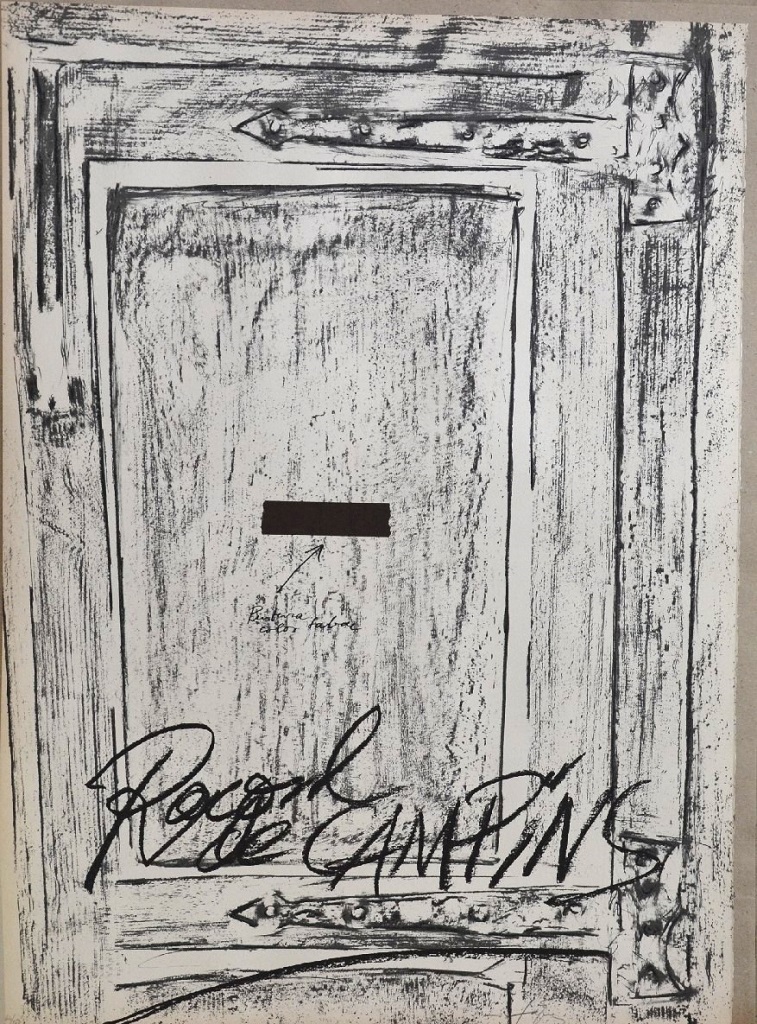
Untitled - Berlin Suite
Antoni Tapies
Lithograph
1900€
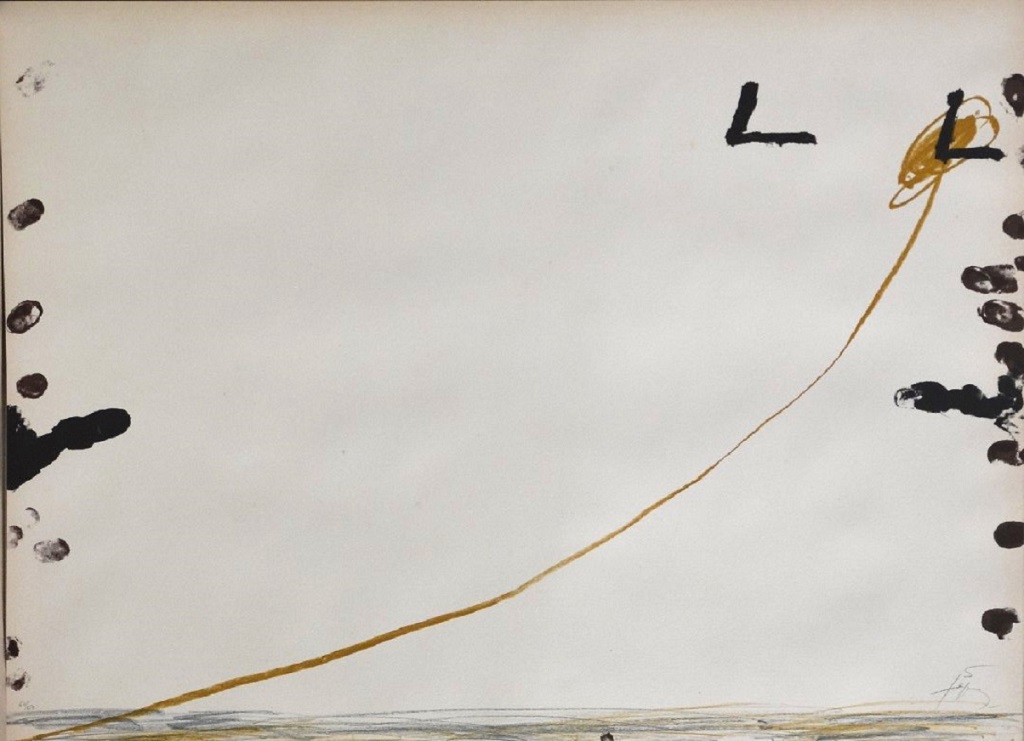
Untitled - Berlin Suite - in hold per cliente 1stdibs order 63103172
Antoni Tapies
Lithograph
2494€
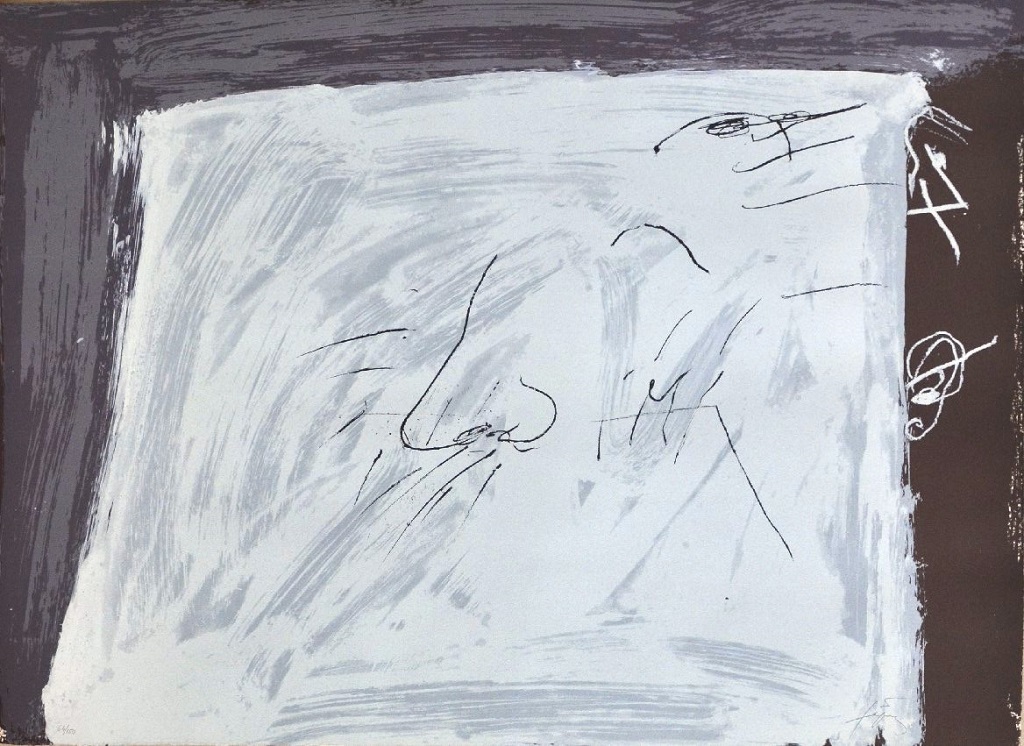
Untitled - Berlin Suite
Antoni Tapies
Lithograph
1900€
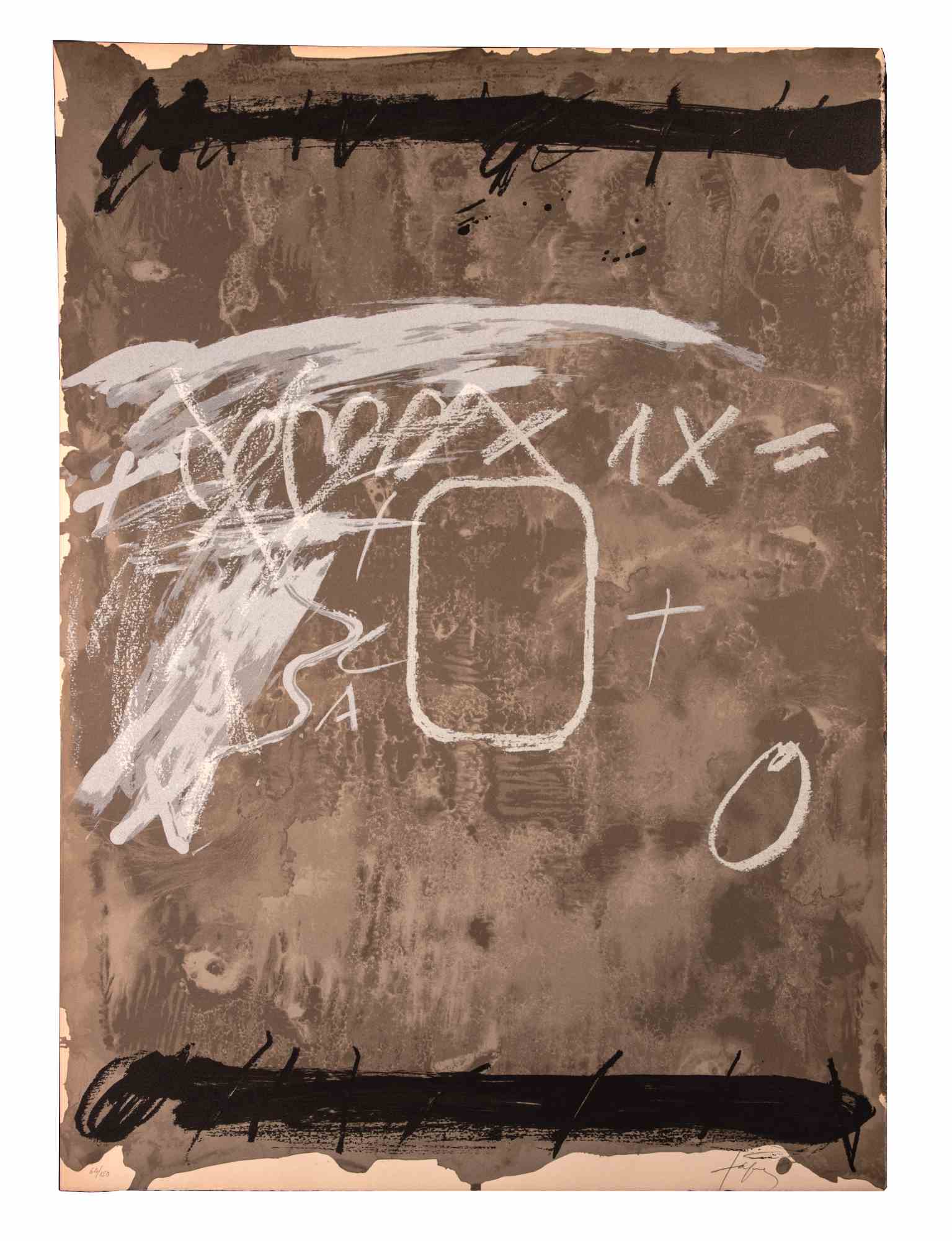
Untitled - Berlin Suite
Antoni Tapies
Lithograph
2062€
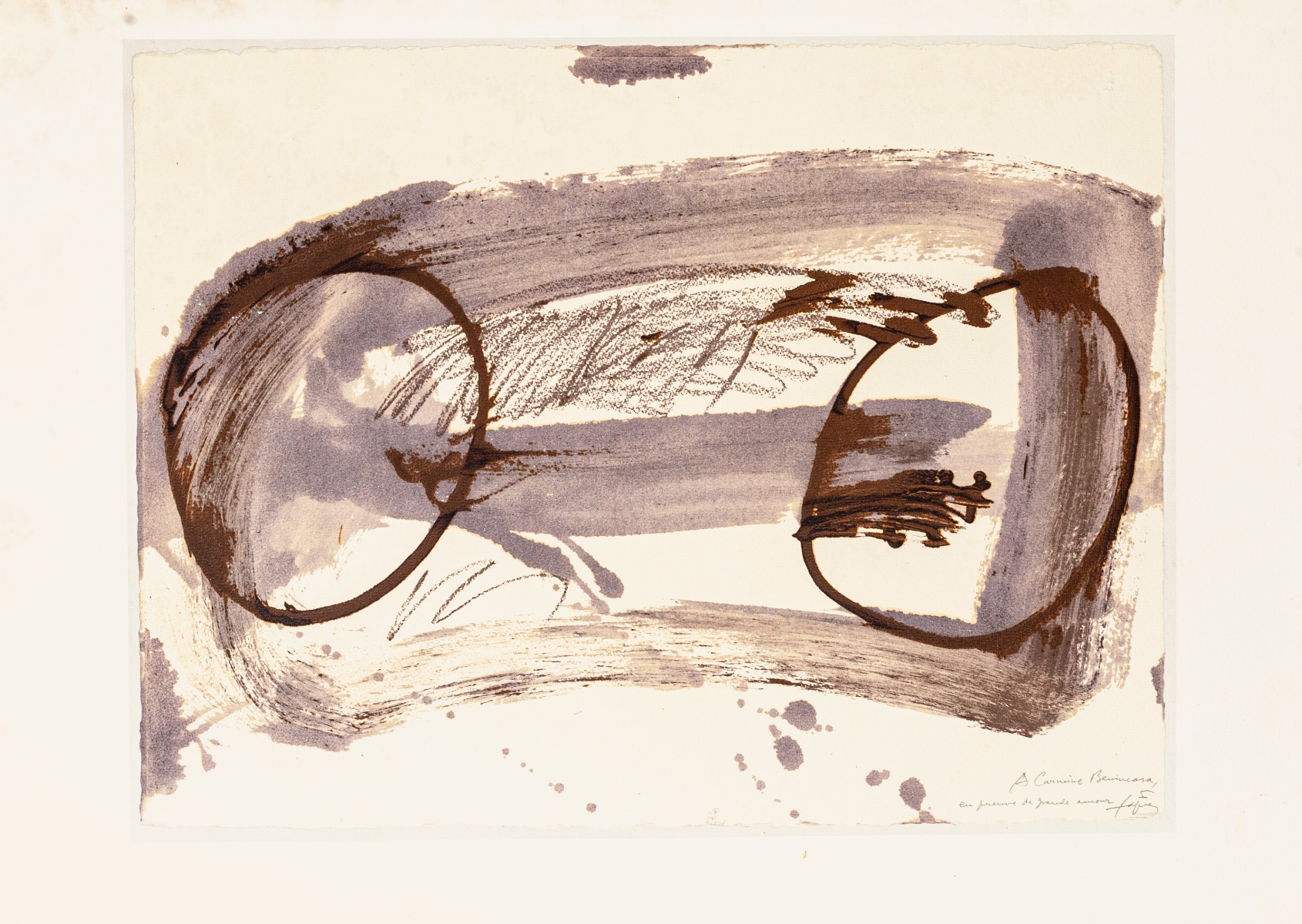
Two Circle
Antoni Tapies
Offset
56€
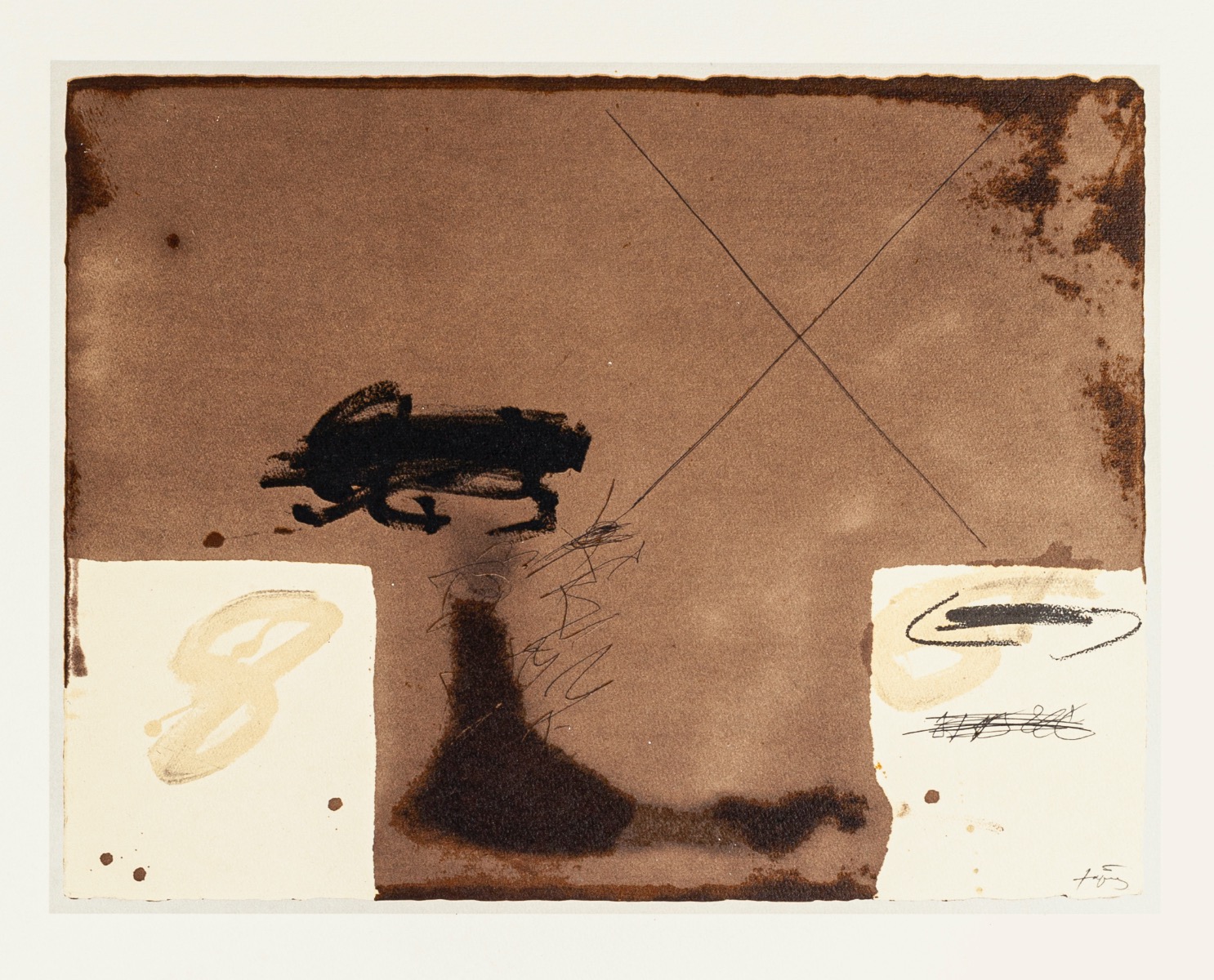
Two White Rectangles
Antoni Tapies
Offset
200€
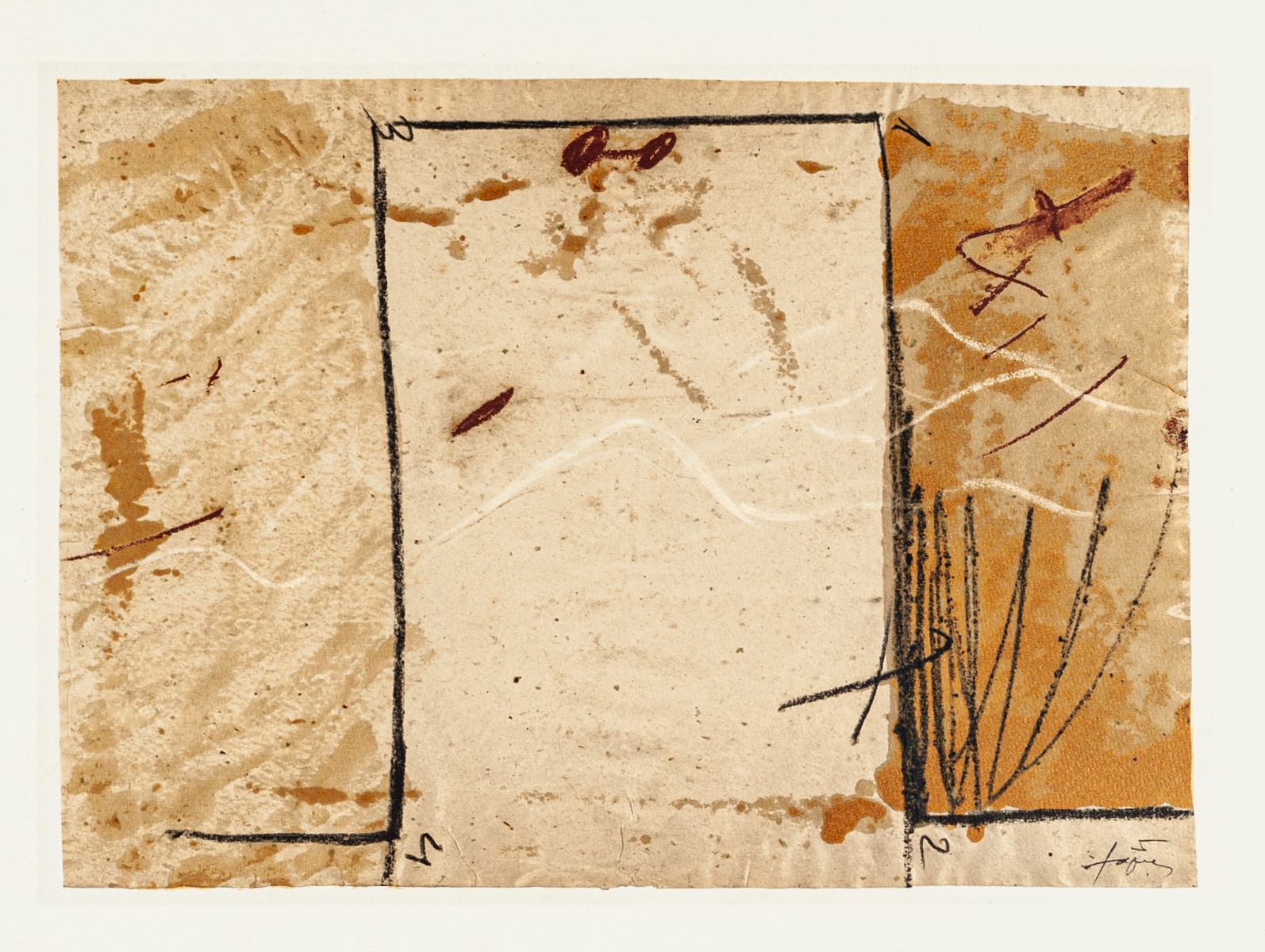
Jambs
Antoni Tapies
Offset
200€
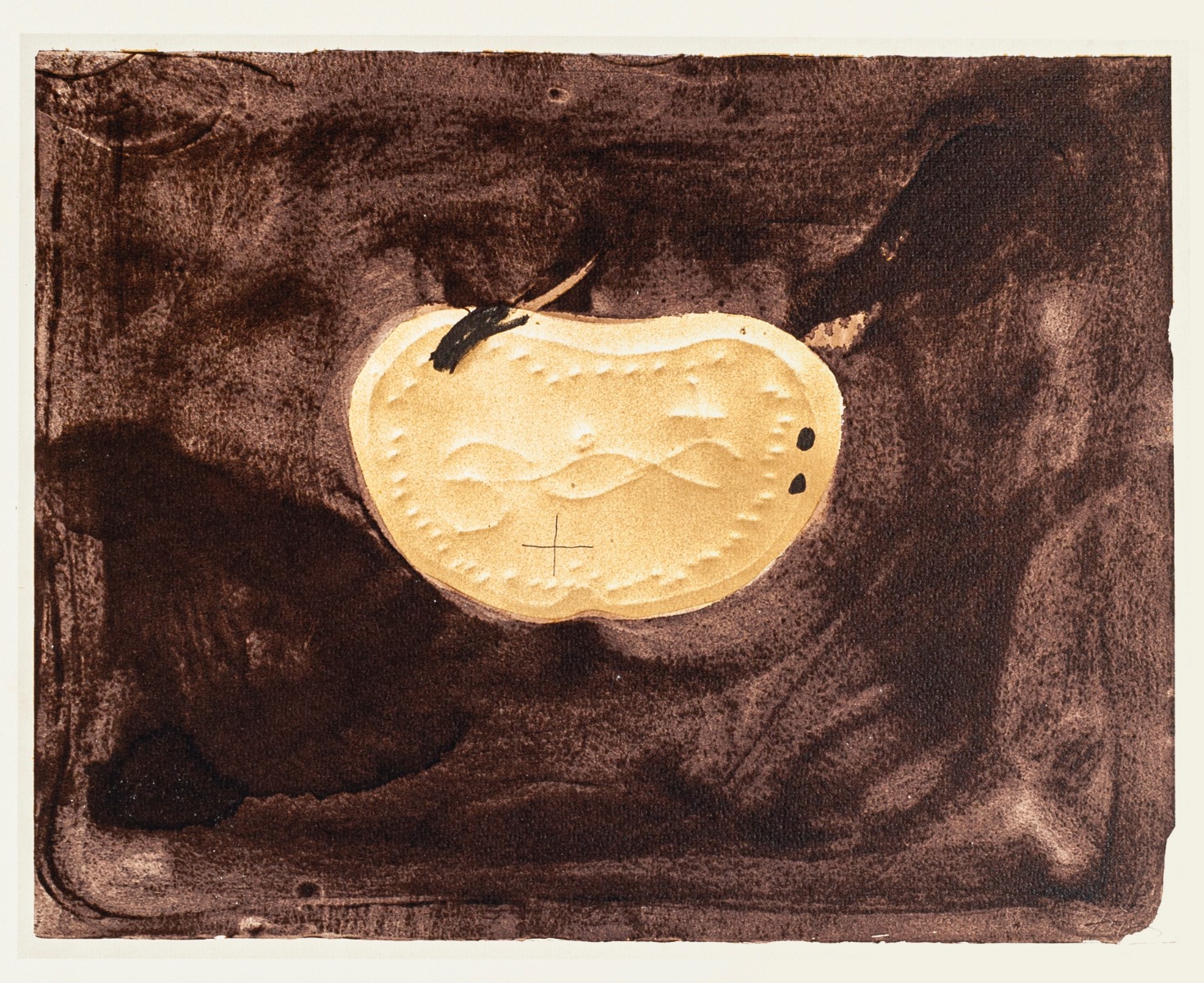
Pectoral
Antoni Tapies
Offset
188€
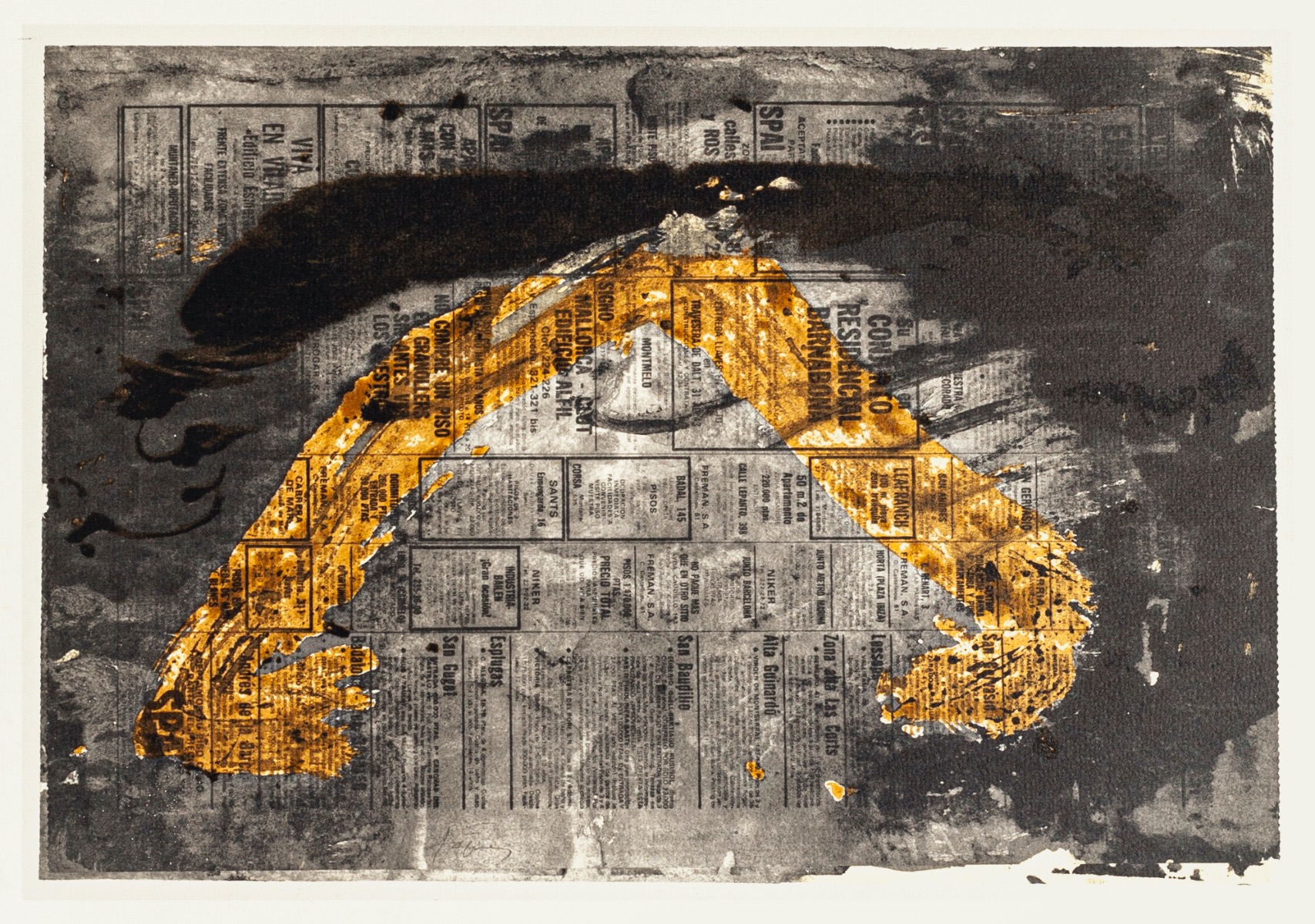
White Angle
Antoni Tapies
Offset
200€
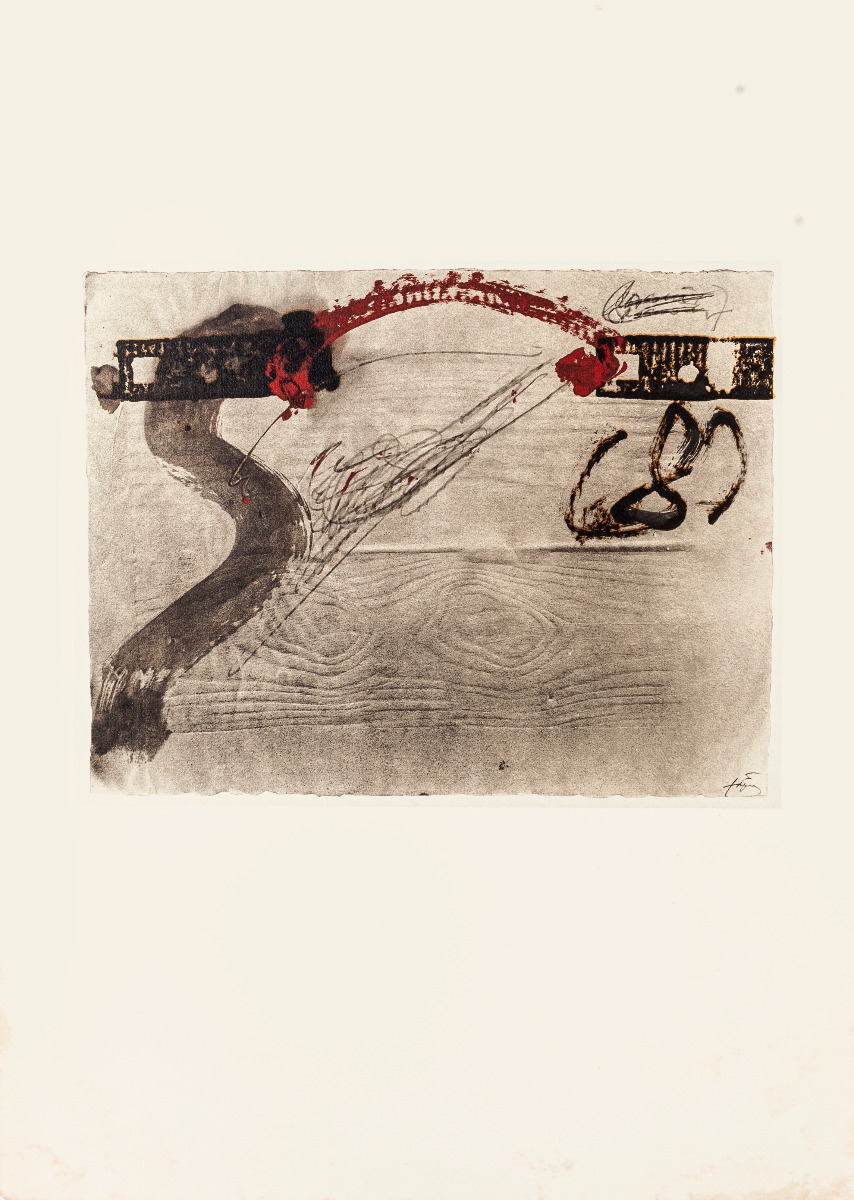
Impression of wood
Antoni Tapies
Offset
200€
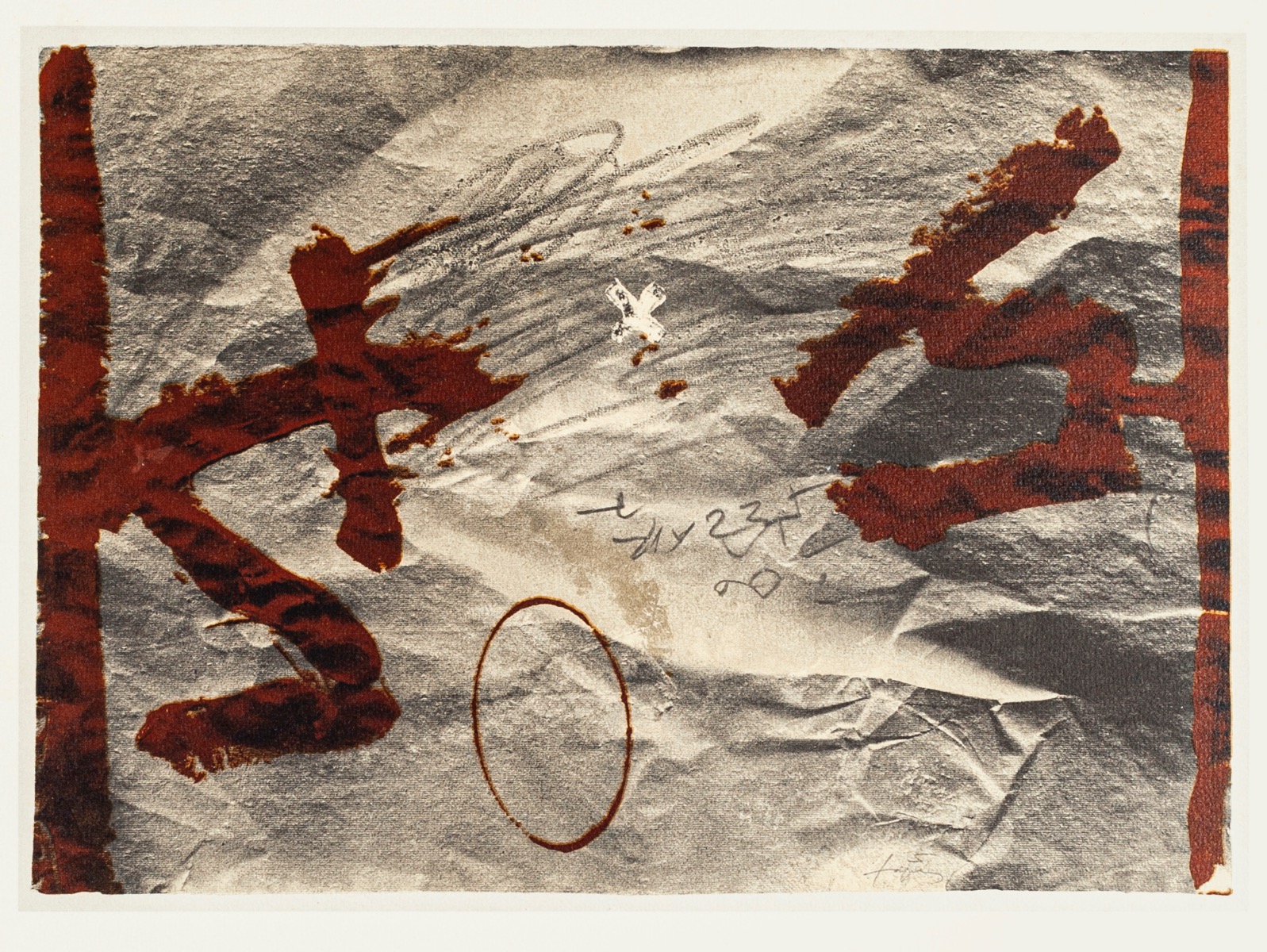
Stiff Effect
Antoni Tapies
Offset
250€
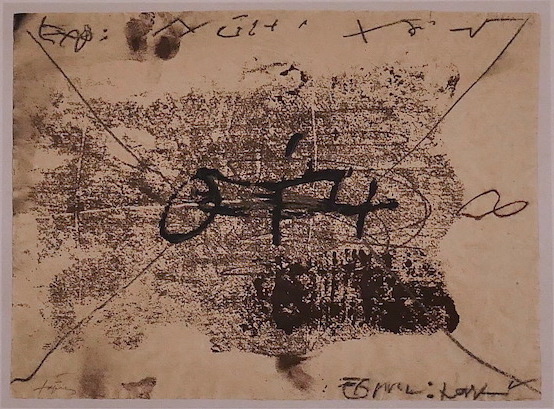
Central Writing
Antoni Tapies
Offset
200€
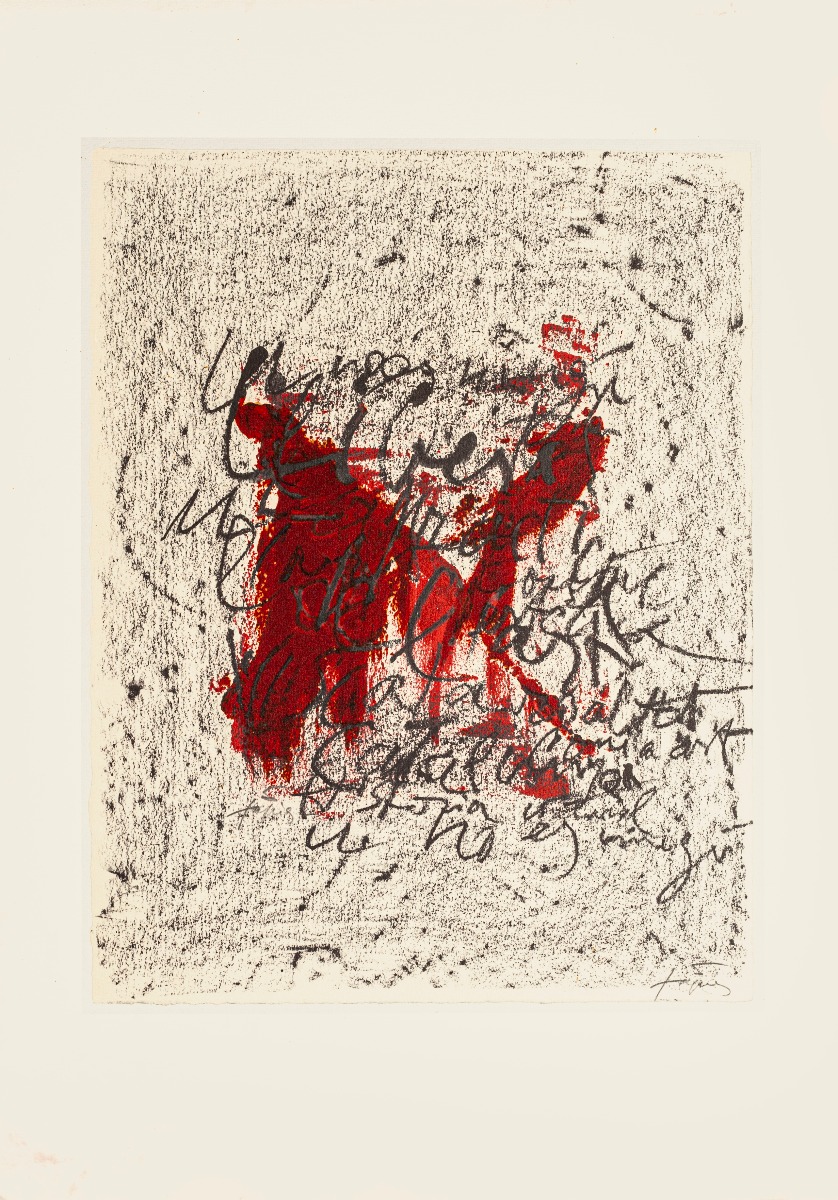
U no és Ningú
Antoni Tapies
Offset
250€
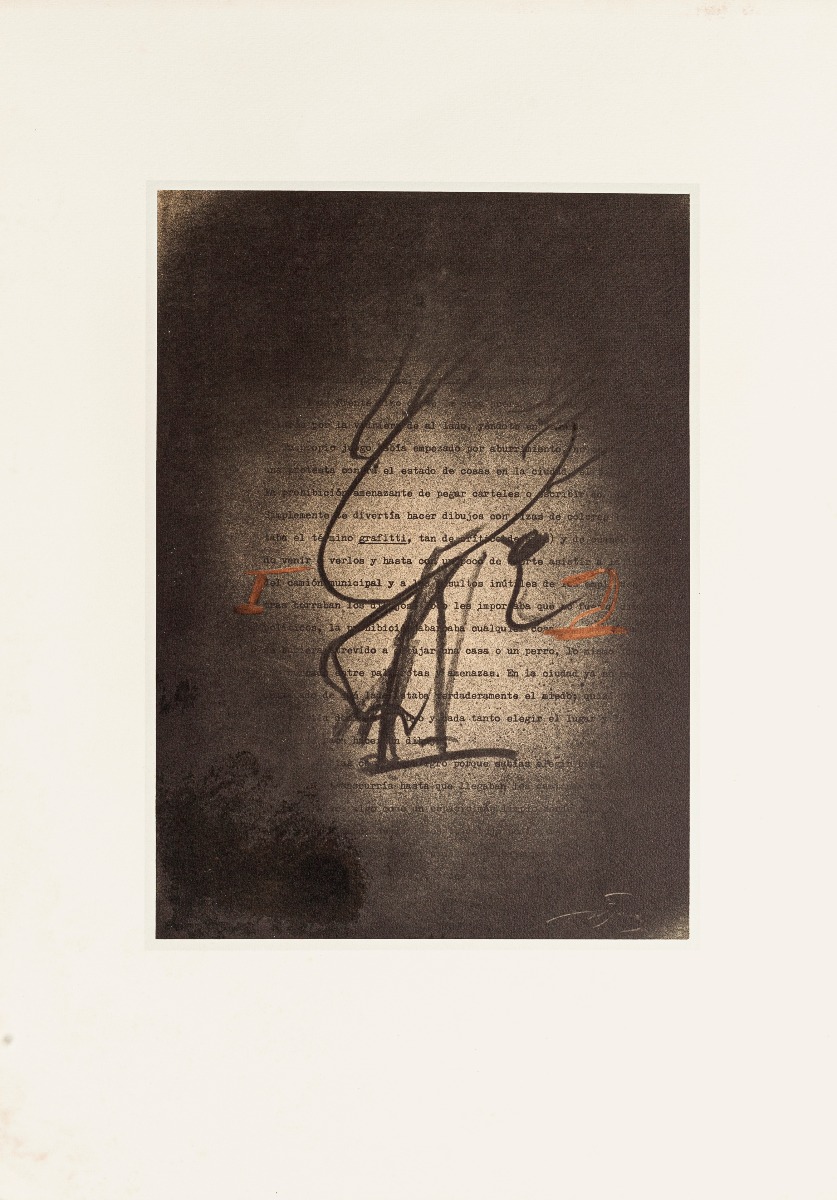
Graffiti
Antoni Tapies
Offset
250€
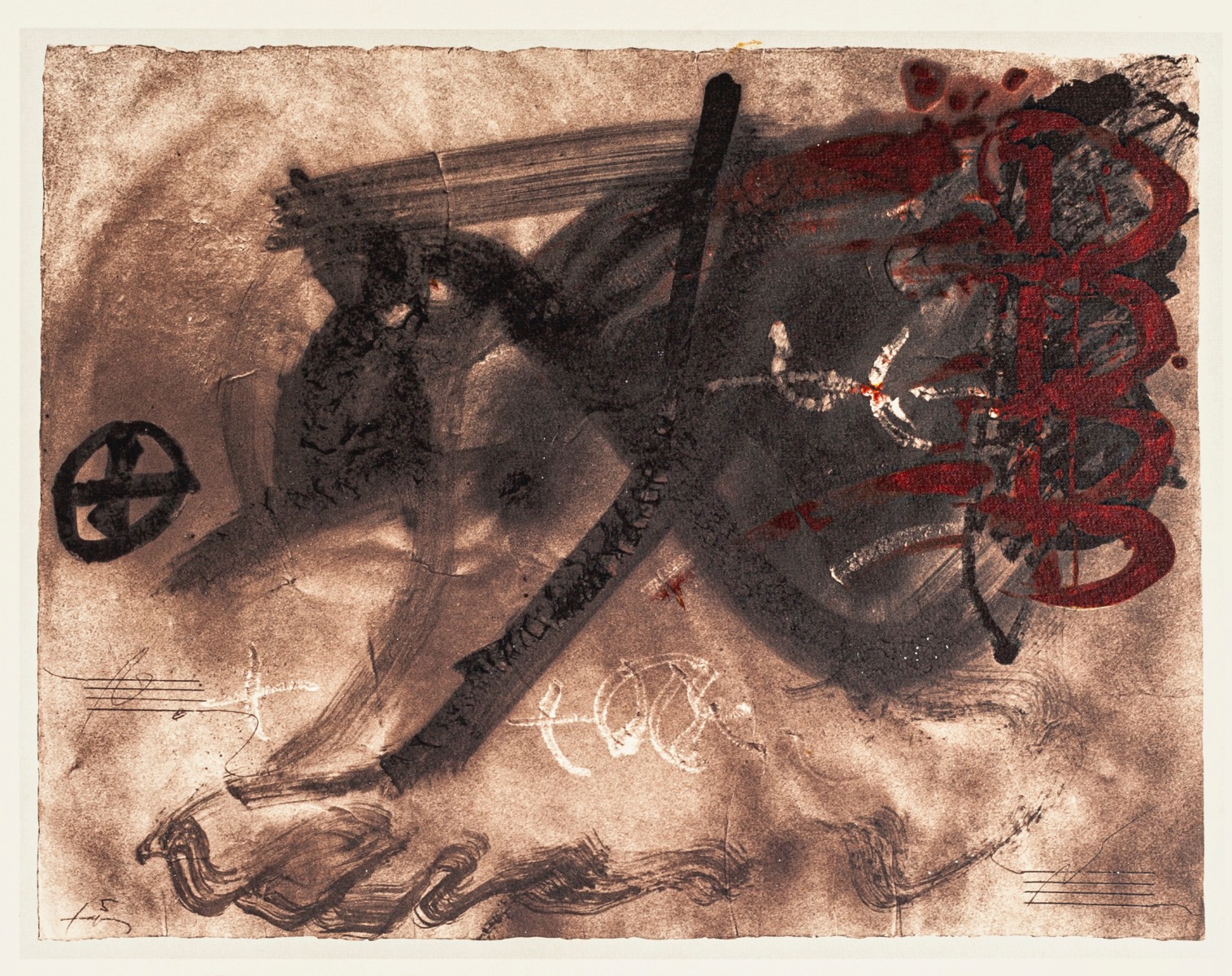
Four Reddish Arches
Antoni Tapies
Offset
200€
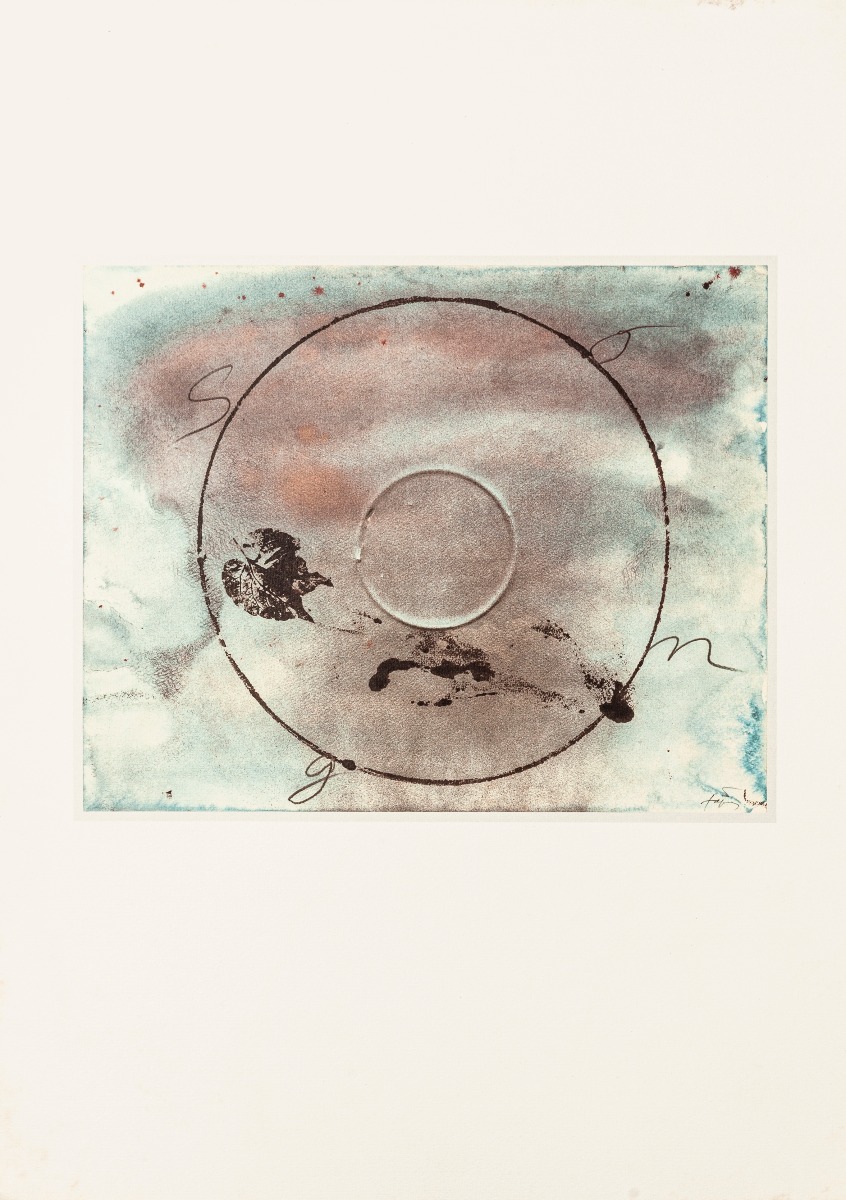
Memory of the Songs
Antoni Tapies
Offset
250€
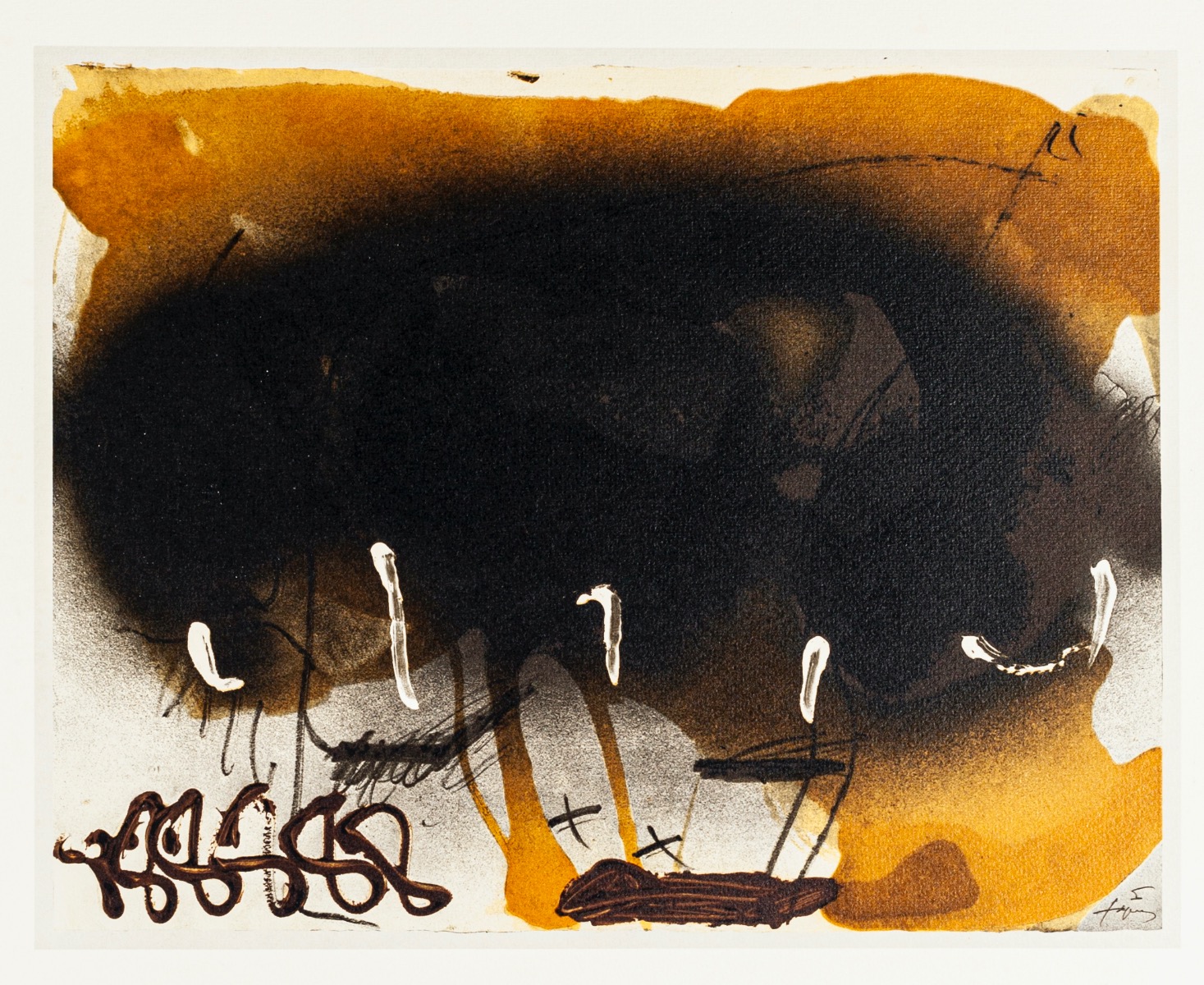
Black Fan
Antoni Tapies
Offset
200€
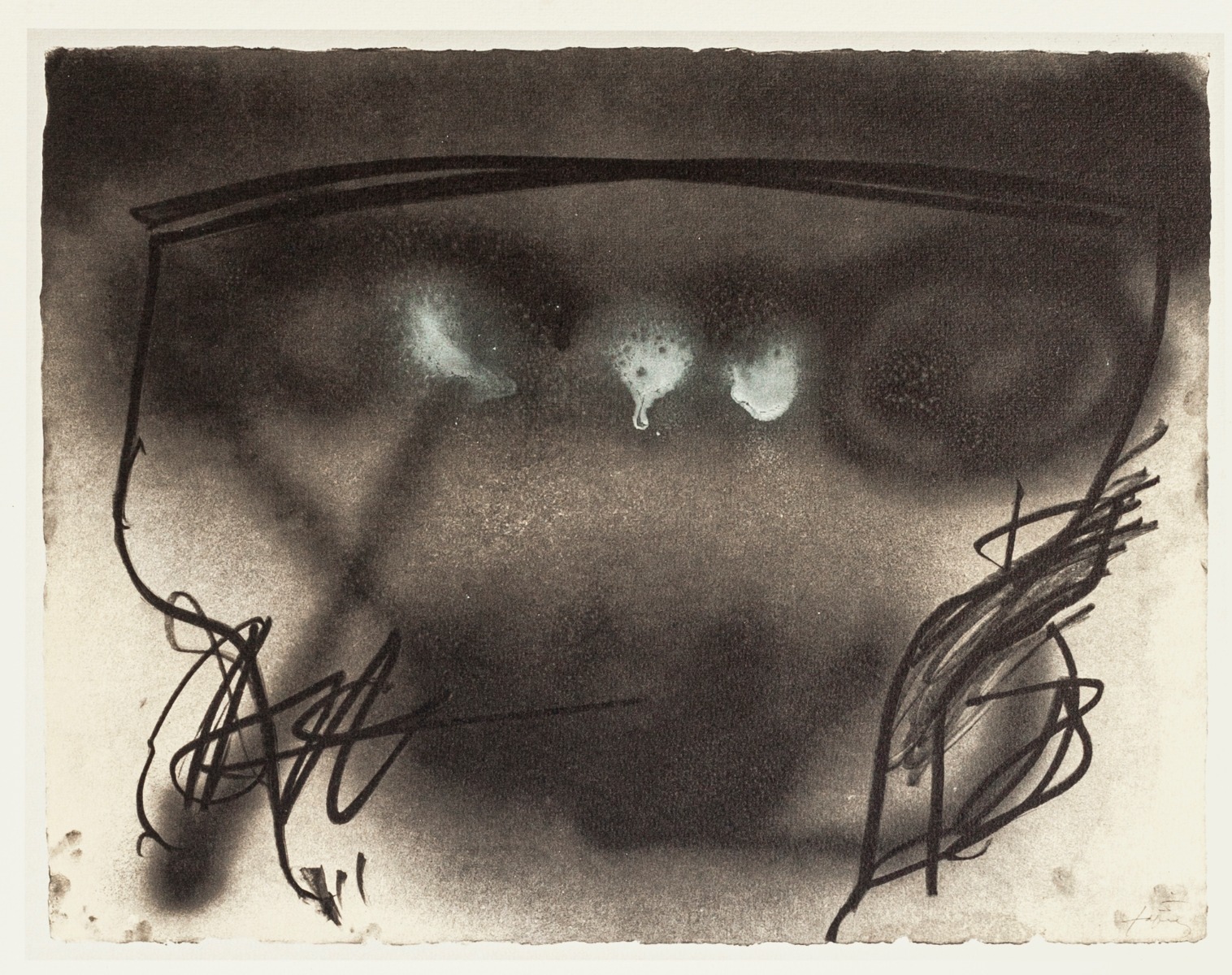
Vase Space
Antoni Tapies
Offset
200€
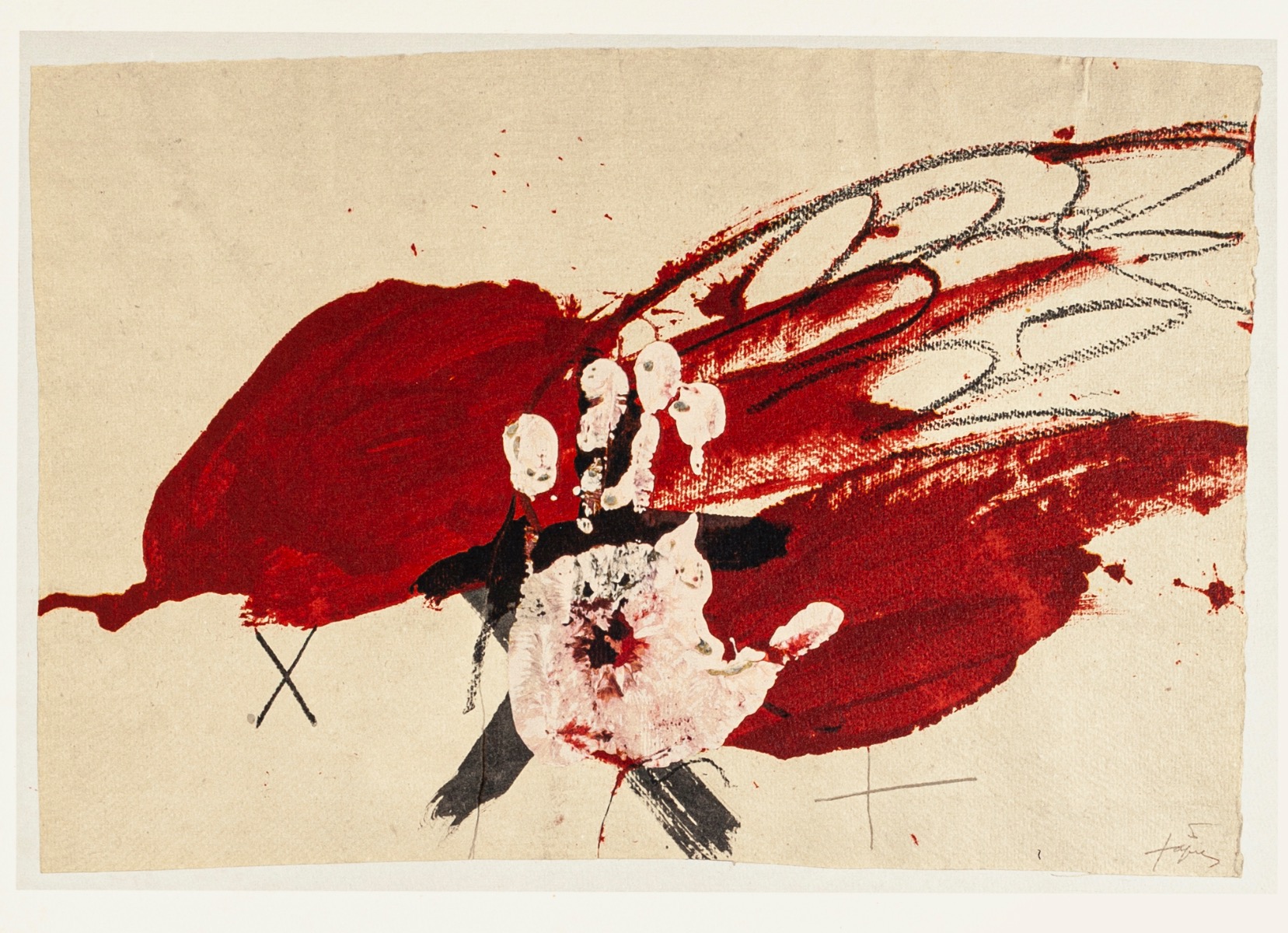
White Hand
Antoni Tapies
Offset
250€
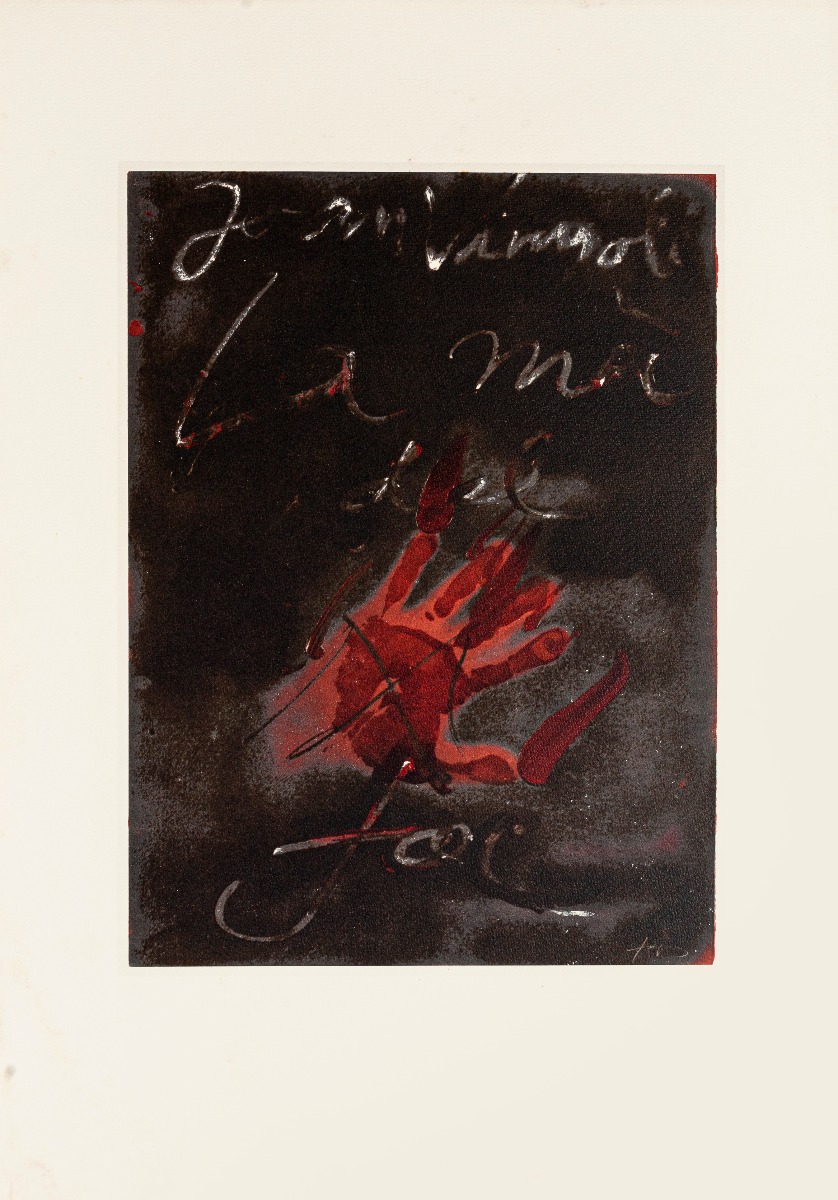
Hand of Fire
Antoni Tapies
Offset
250€
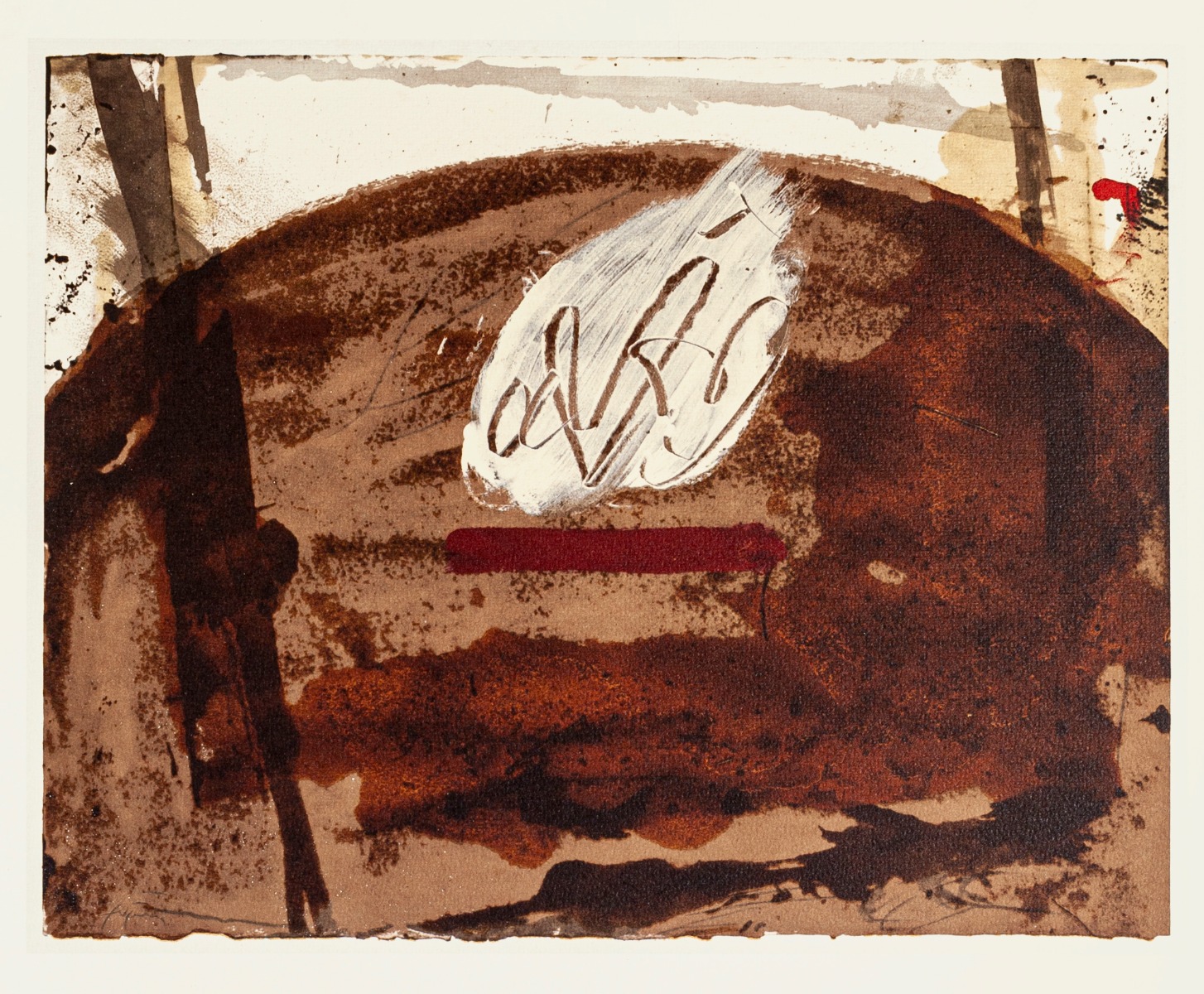
White Flame
Antoni Tapies
Offset
200€
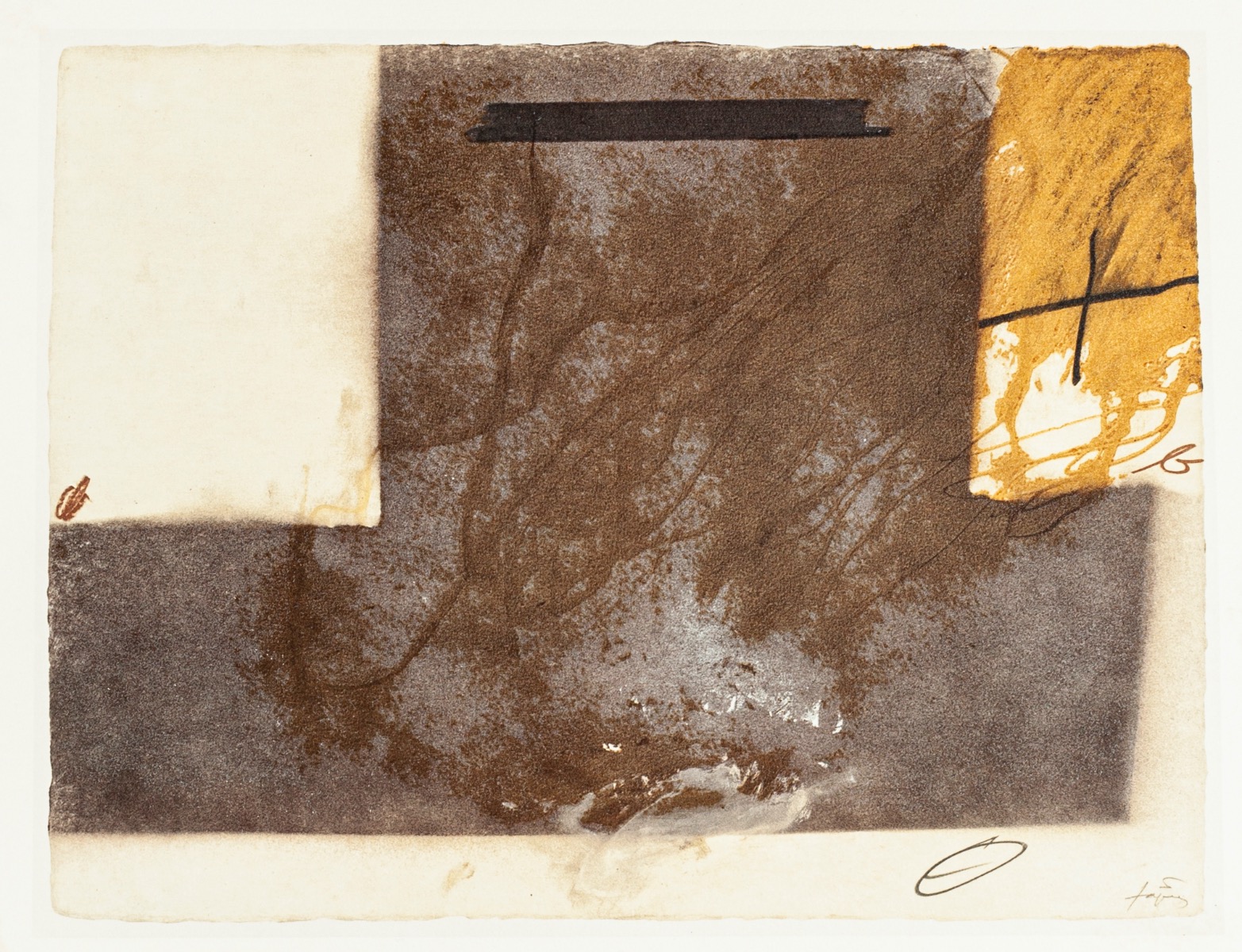
T Grey Up Side Down
Antoni Tapies
Offset
200€
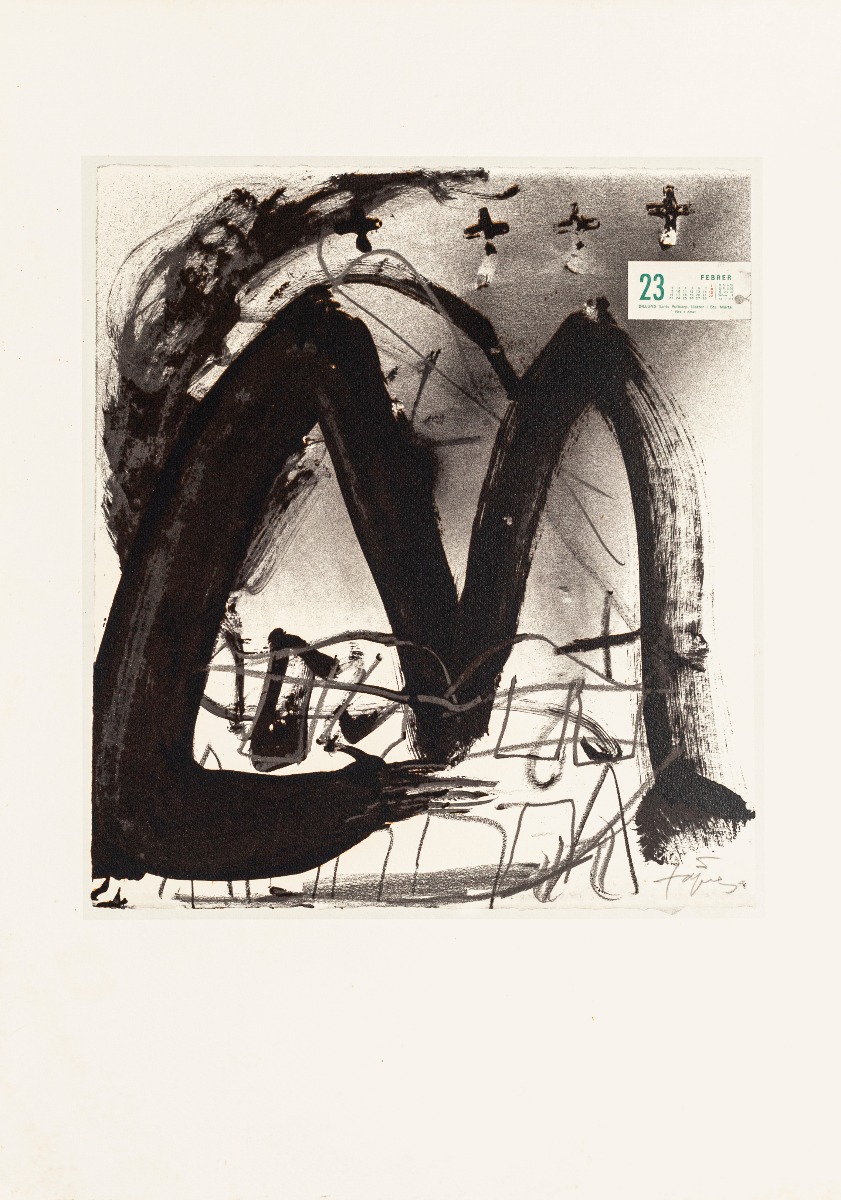
23 F
Antoni Tapies
Offset
250€
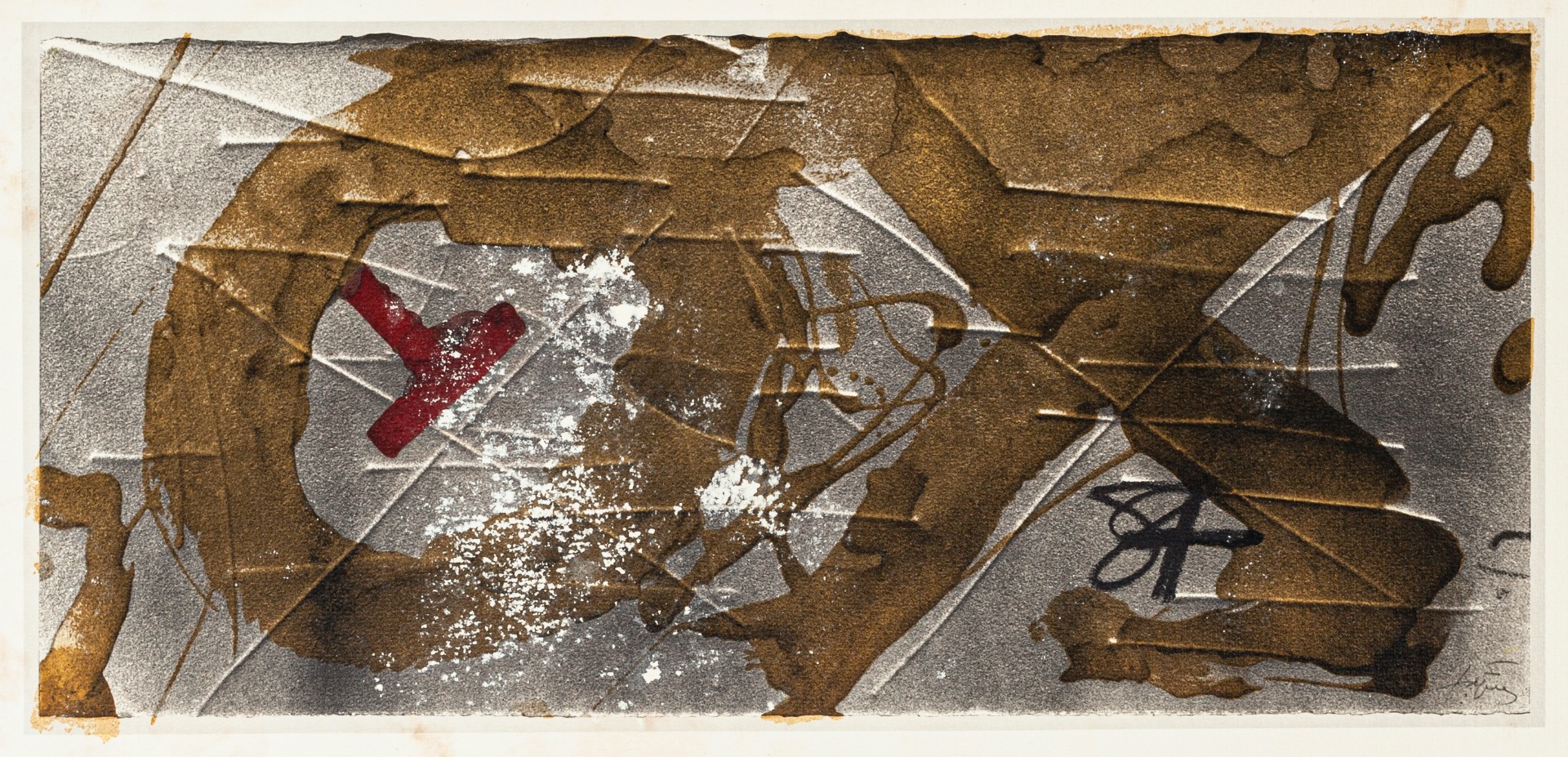
OEX
Antoni Tapies
Offset
200€
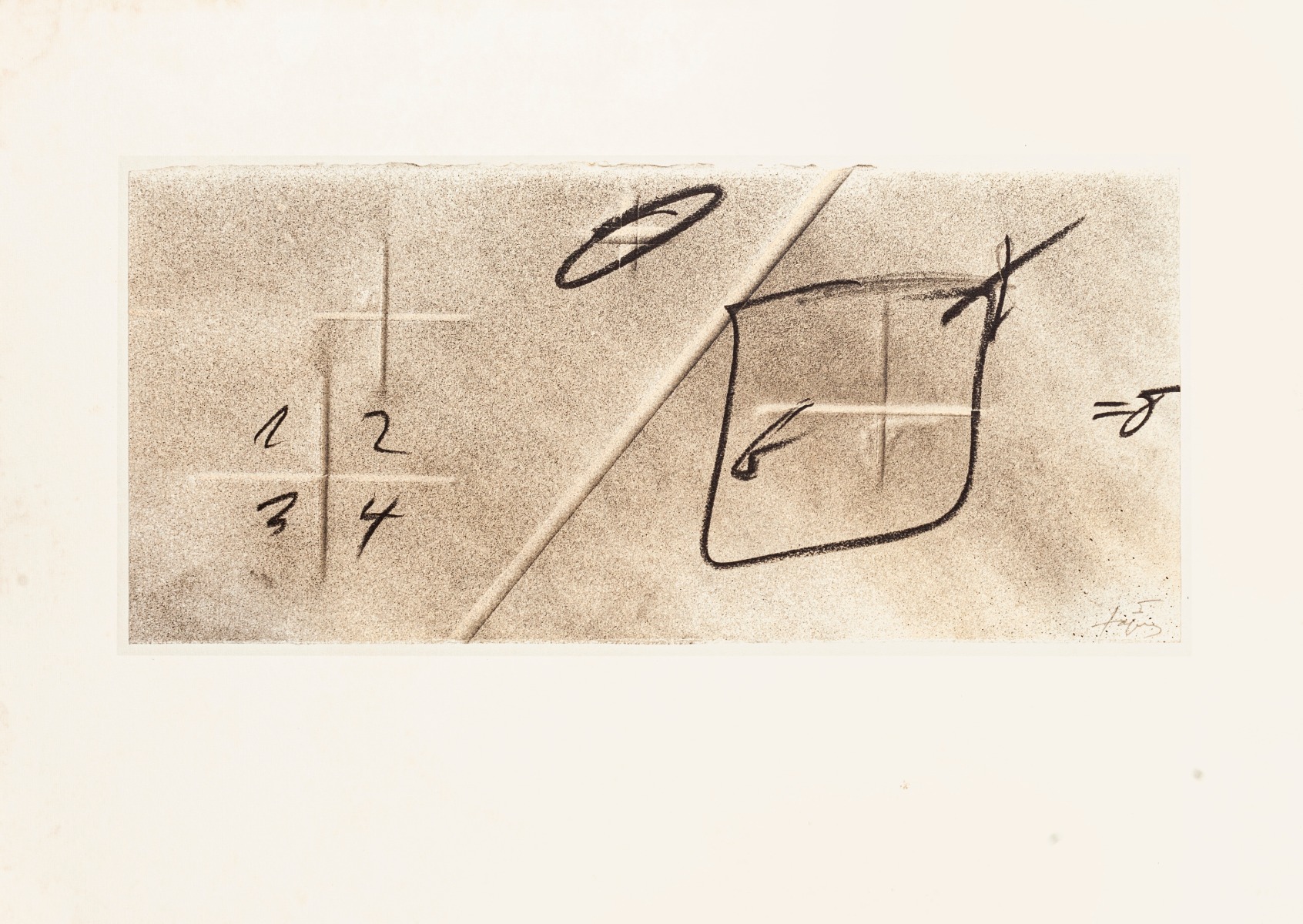
Division by Diagonal
Antoni Tapies
Offset
250€
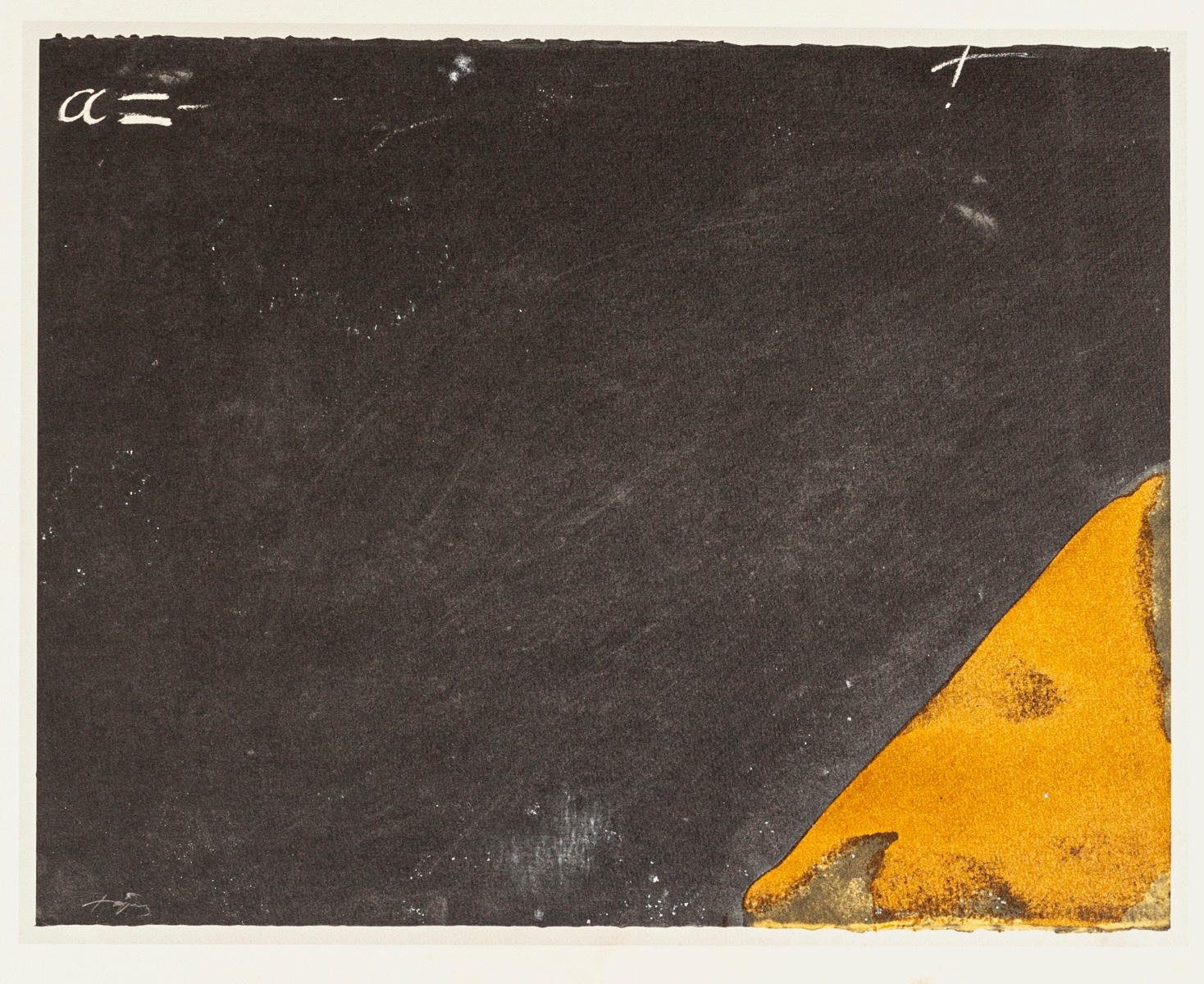
Angle
Antoni Tapies
Offset
200€
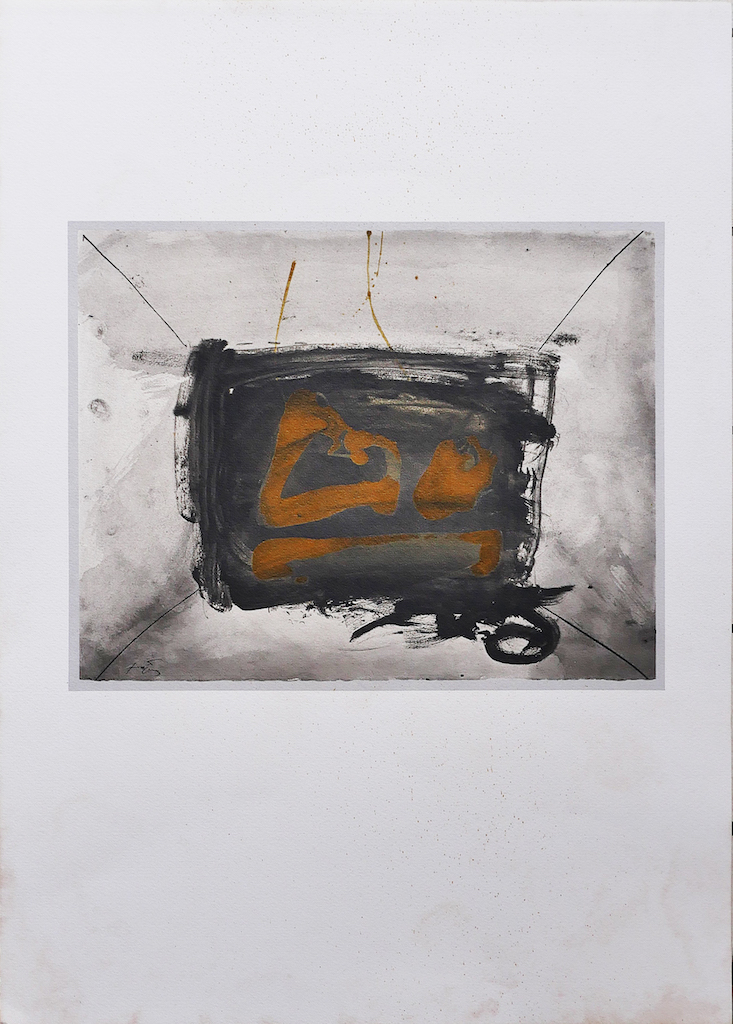
Still Life
Antoni Tapies
Offset
200€
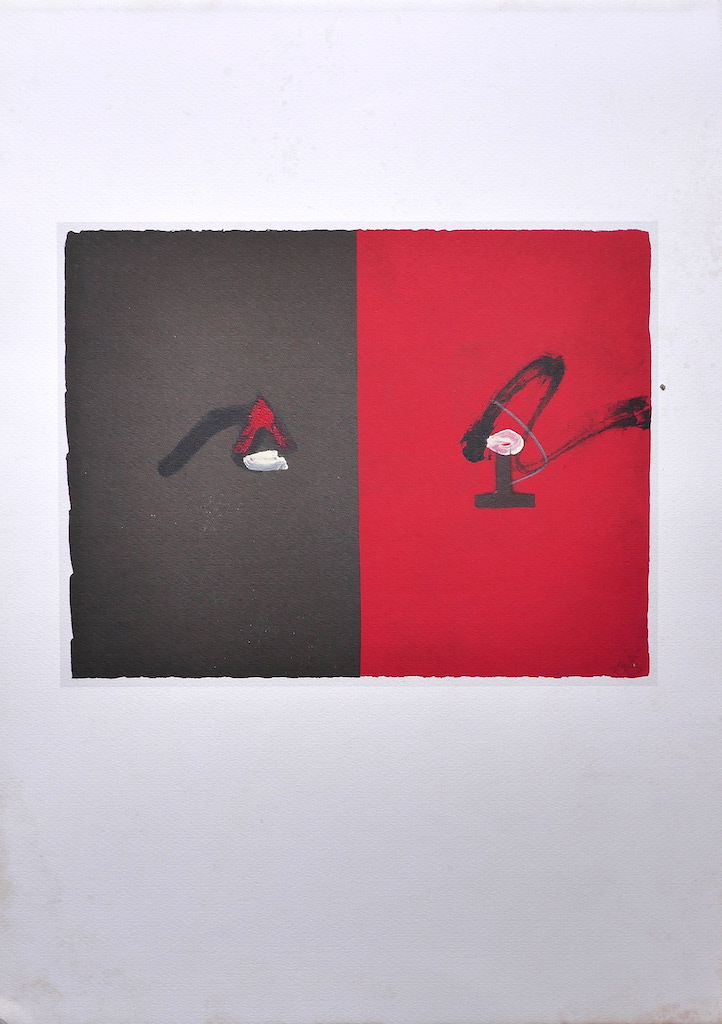
Red and Black
Antoni Tapies
Offset
250€
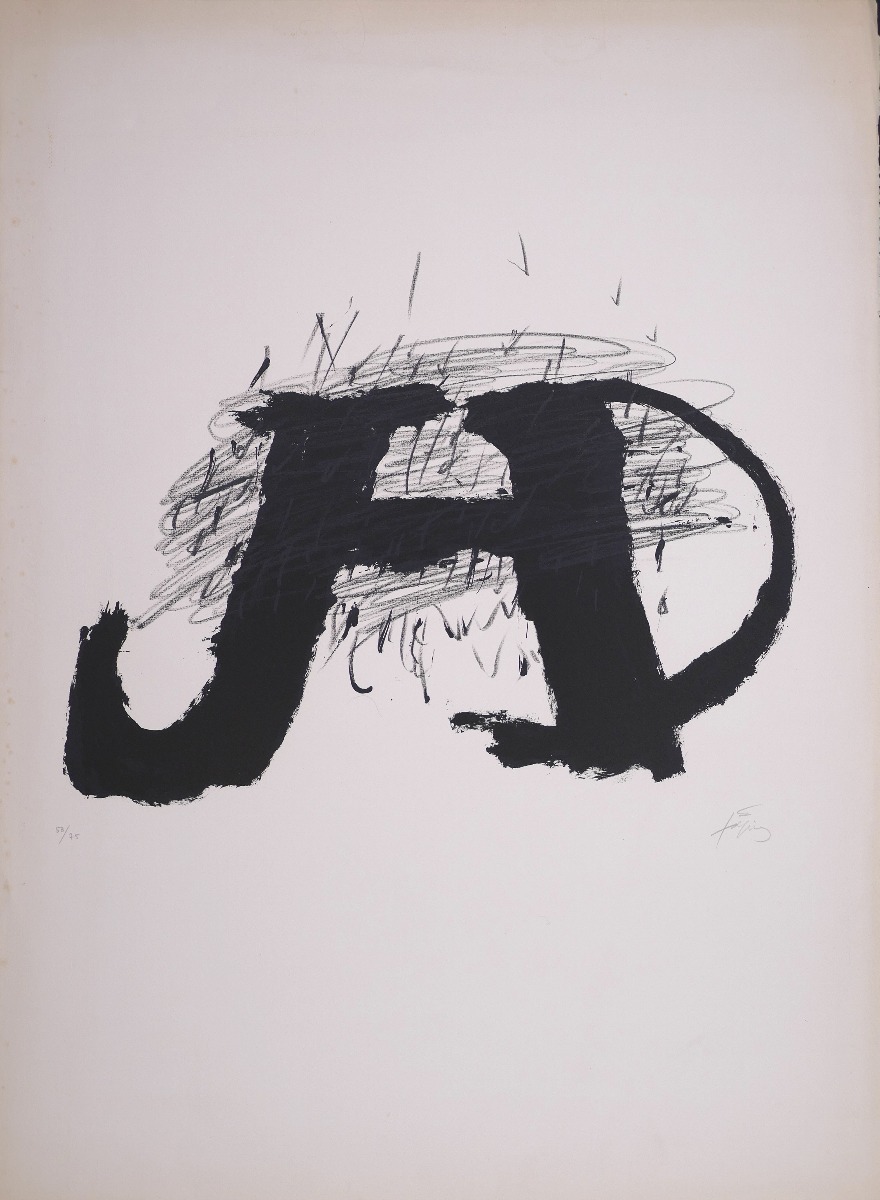
Untitled
Antoni Tapies
Lithograph
950€
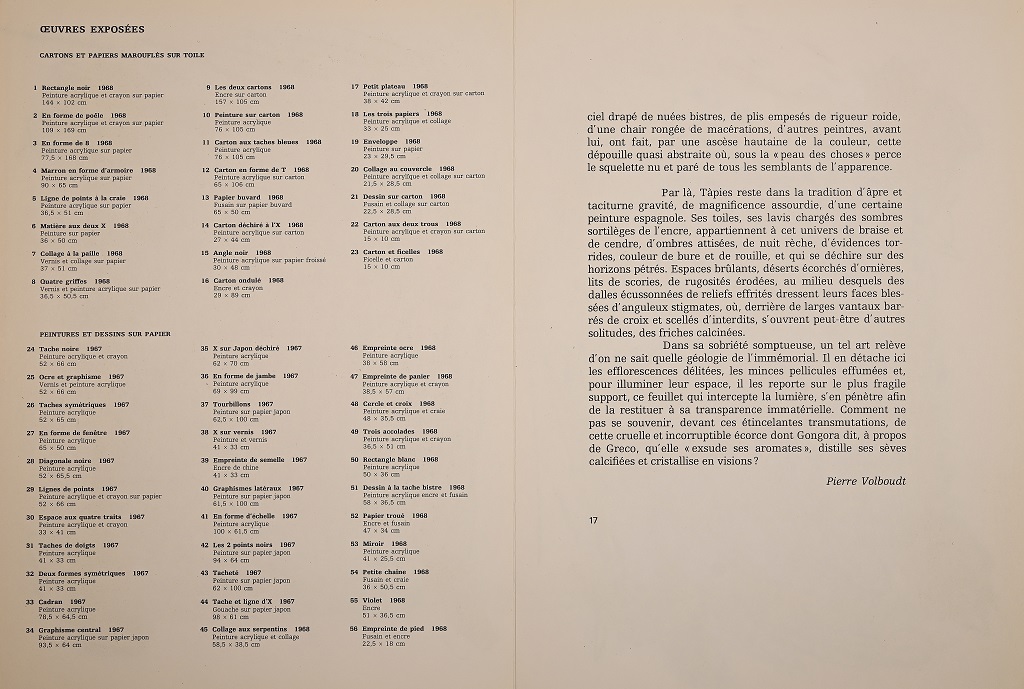
In Two Blacks from Derriere Le Miroir
Antoni Tapies
Lithograph
300€
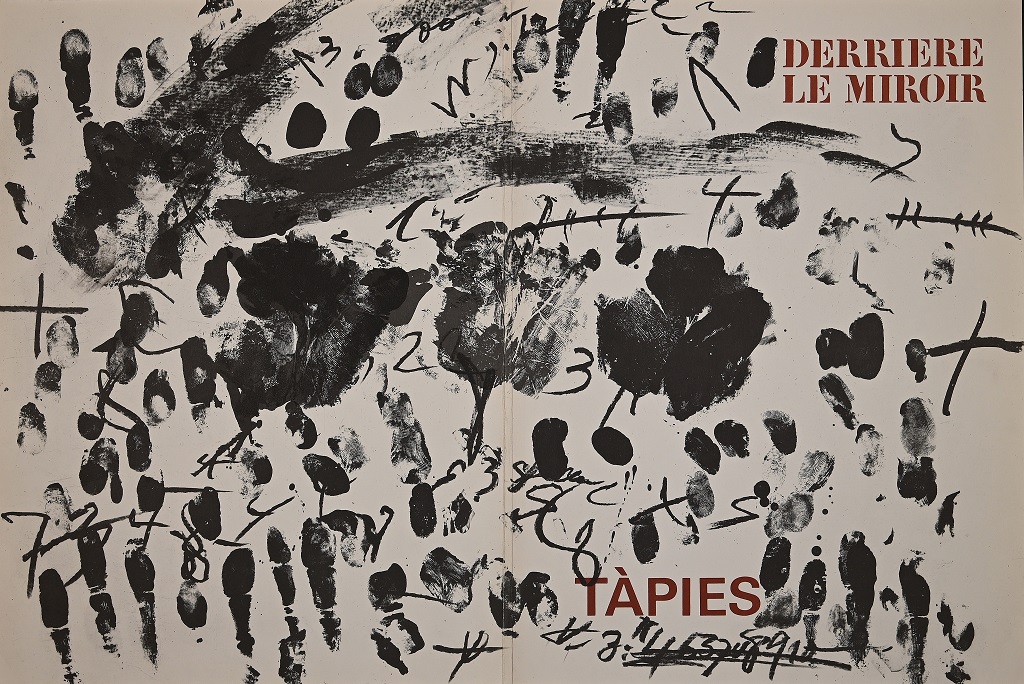
Derriere Le Miroir Cover - Antoni Tapies
Antoni Tapies
Lithograph
250€
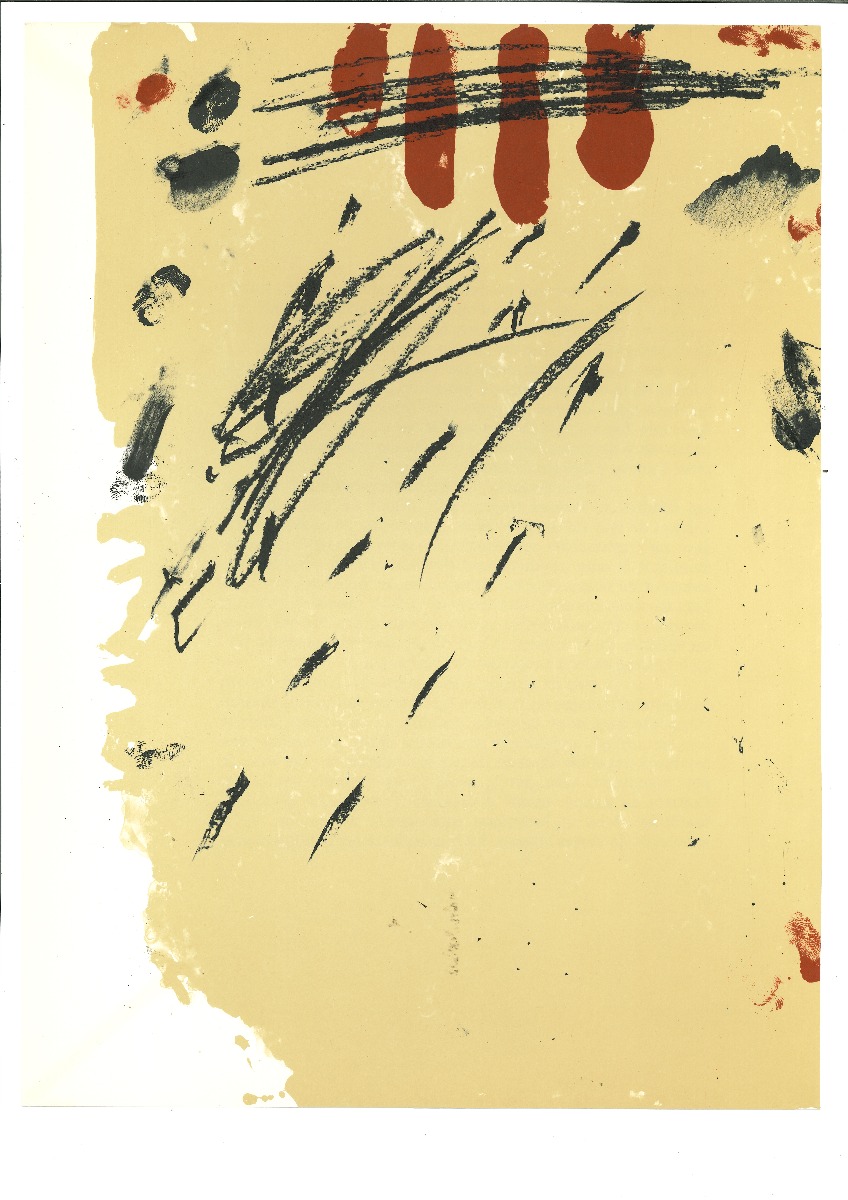
Tapies Composition from Derriere Le Miroir
Antoni Tapies
Lithograph
116€
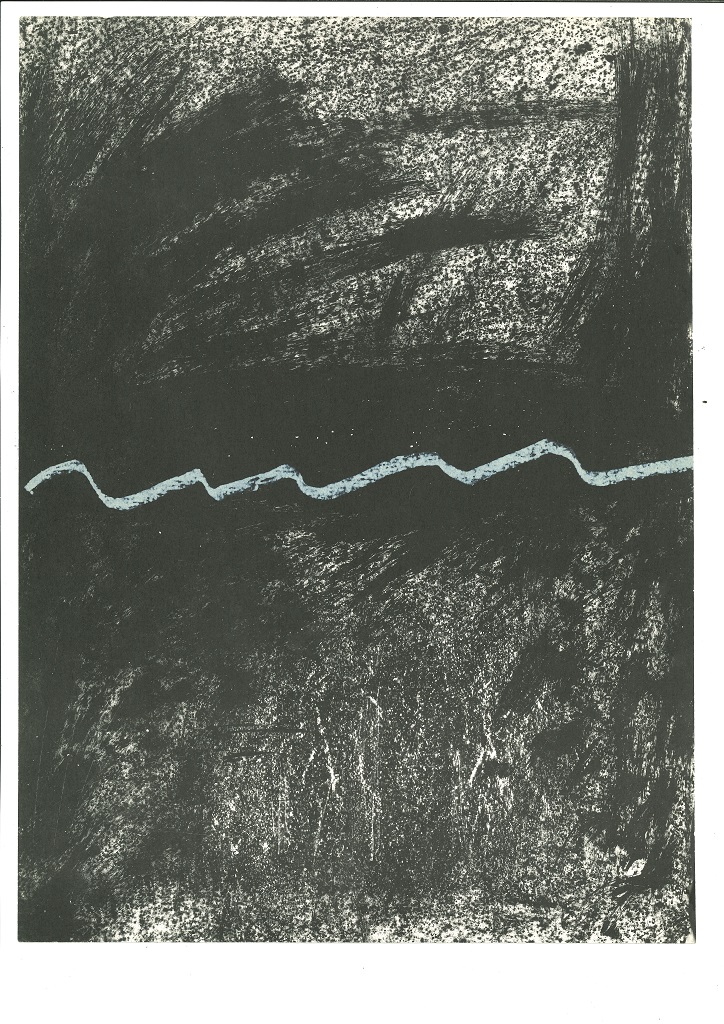
Untitled from Derrière le Miroir
Antoni Tapies
Lithograph
360€
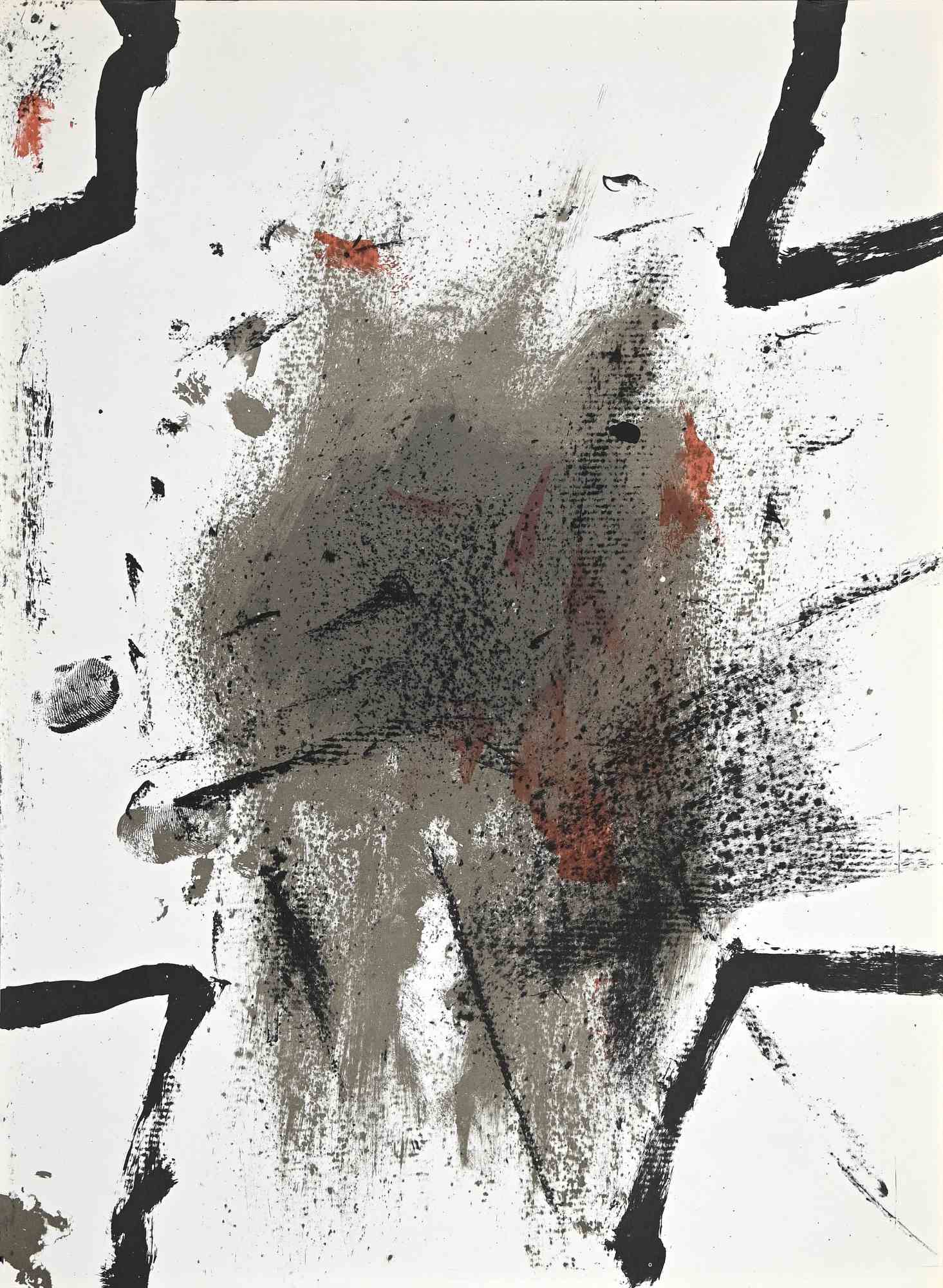
Composition
Antoni Tapies
Lithograph
300€

The Theater Stage
Antoni Tapies
Lithograph
1500€
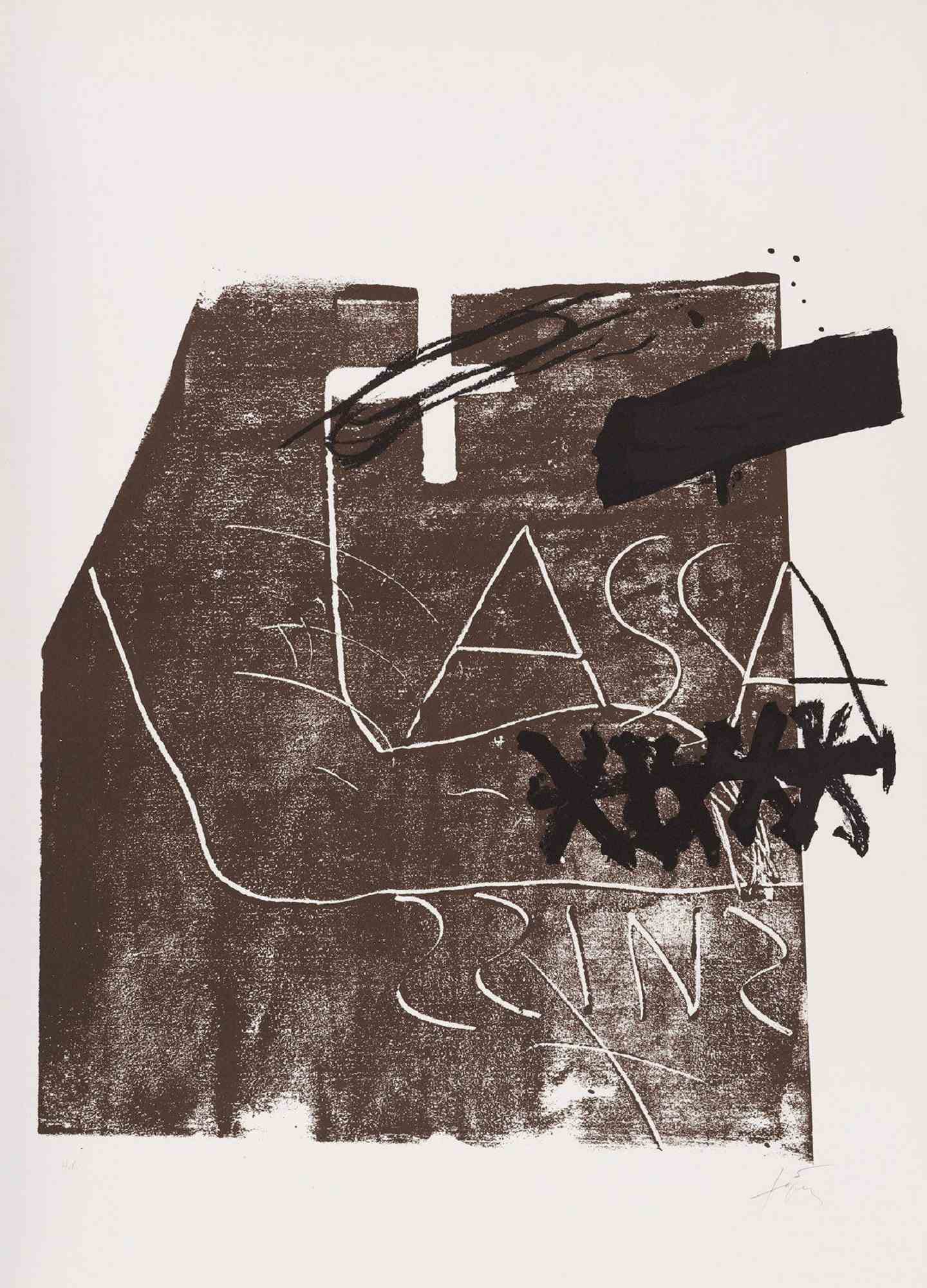
Assassins
Antoni Tapies
Lithograph
1500€
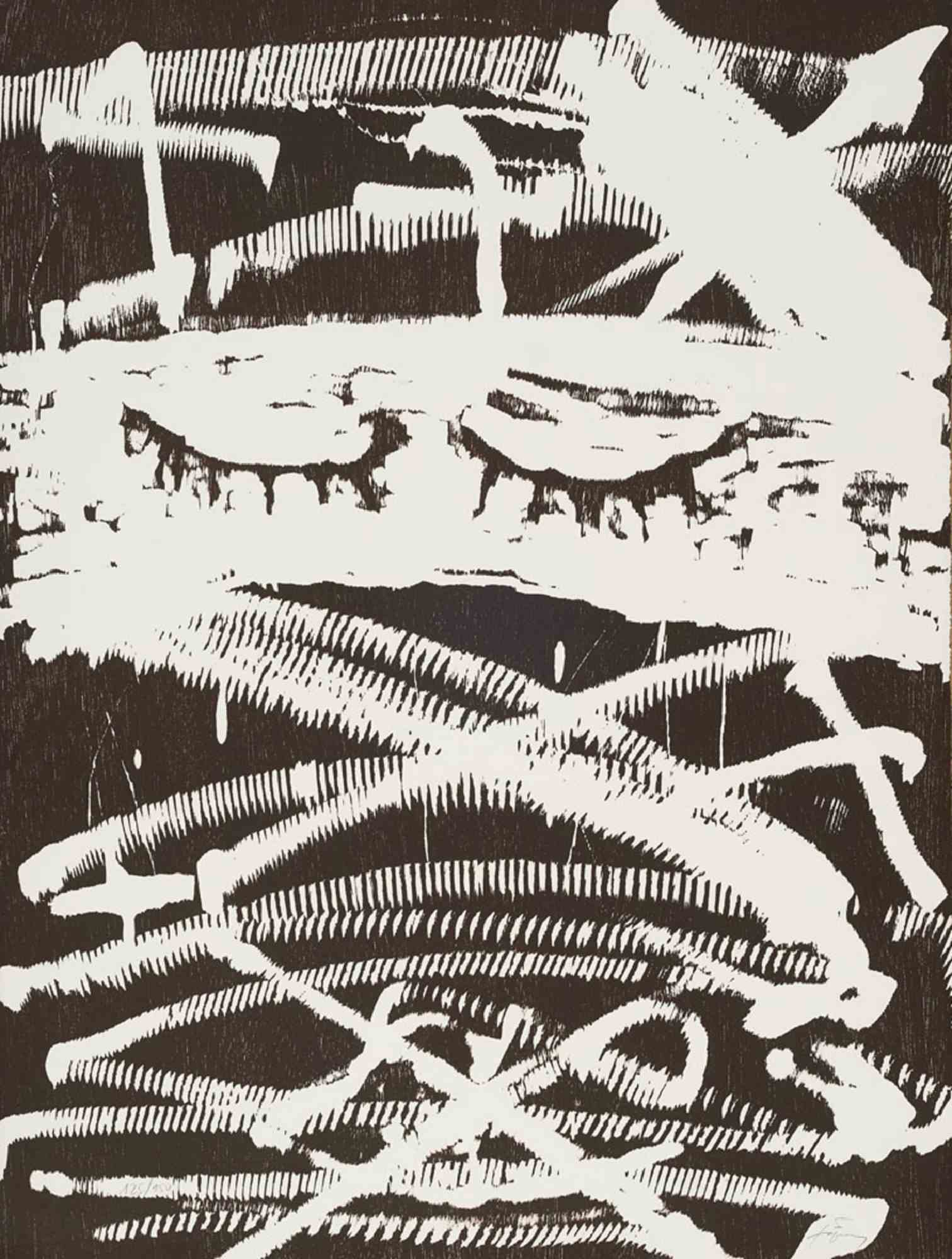
Untitled from Artist Against Torture
Antoni Tapies
Woodcut
1370€
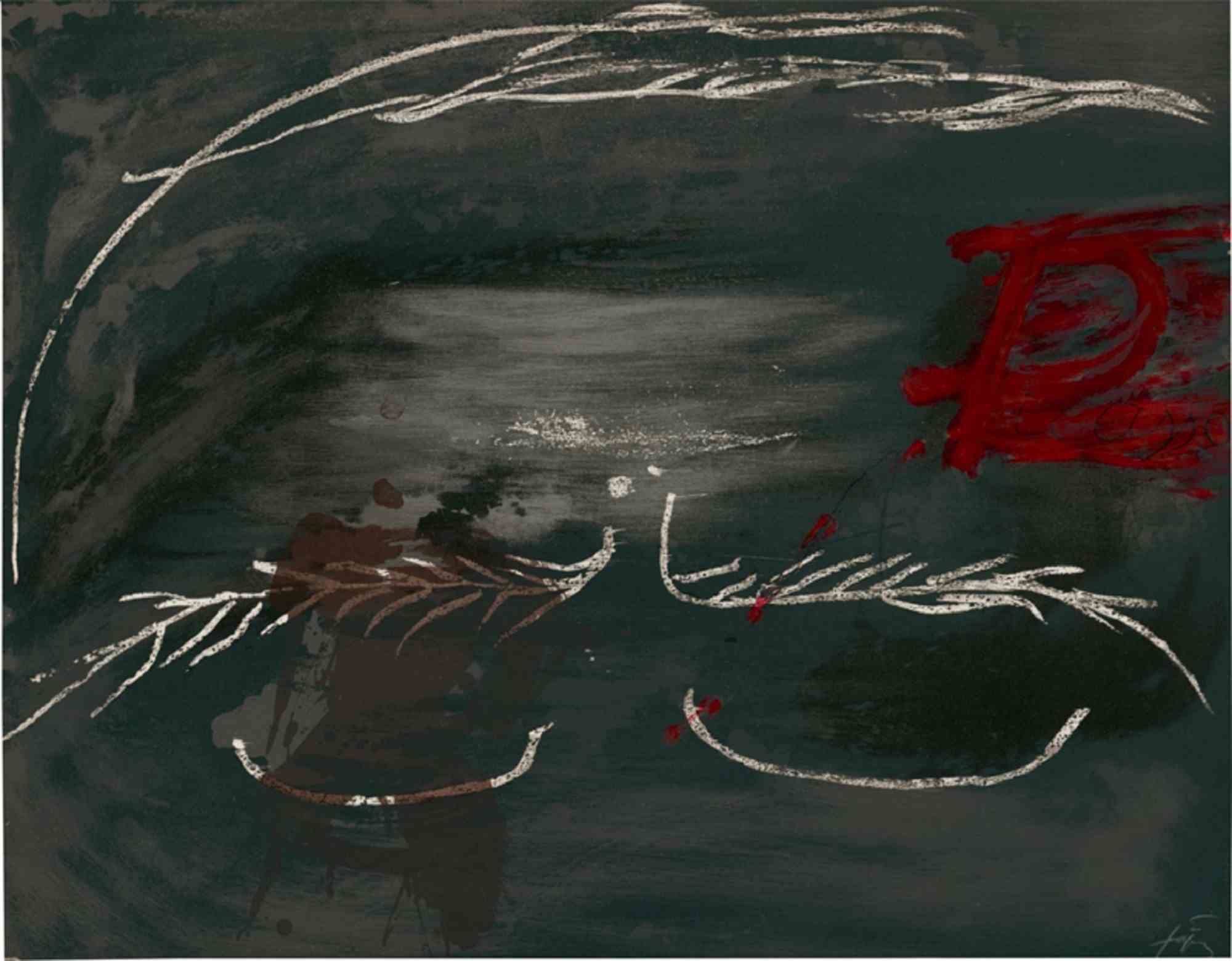
Homage to Picasso
Antoni Tapies
Lithograph
1800€
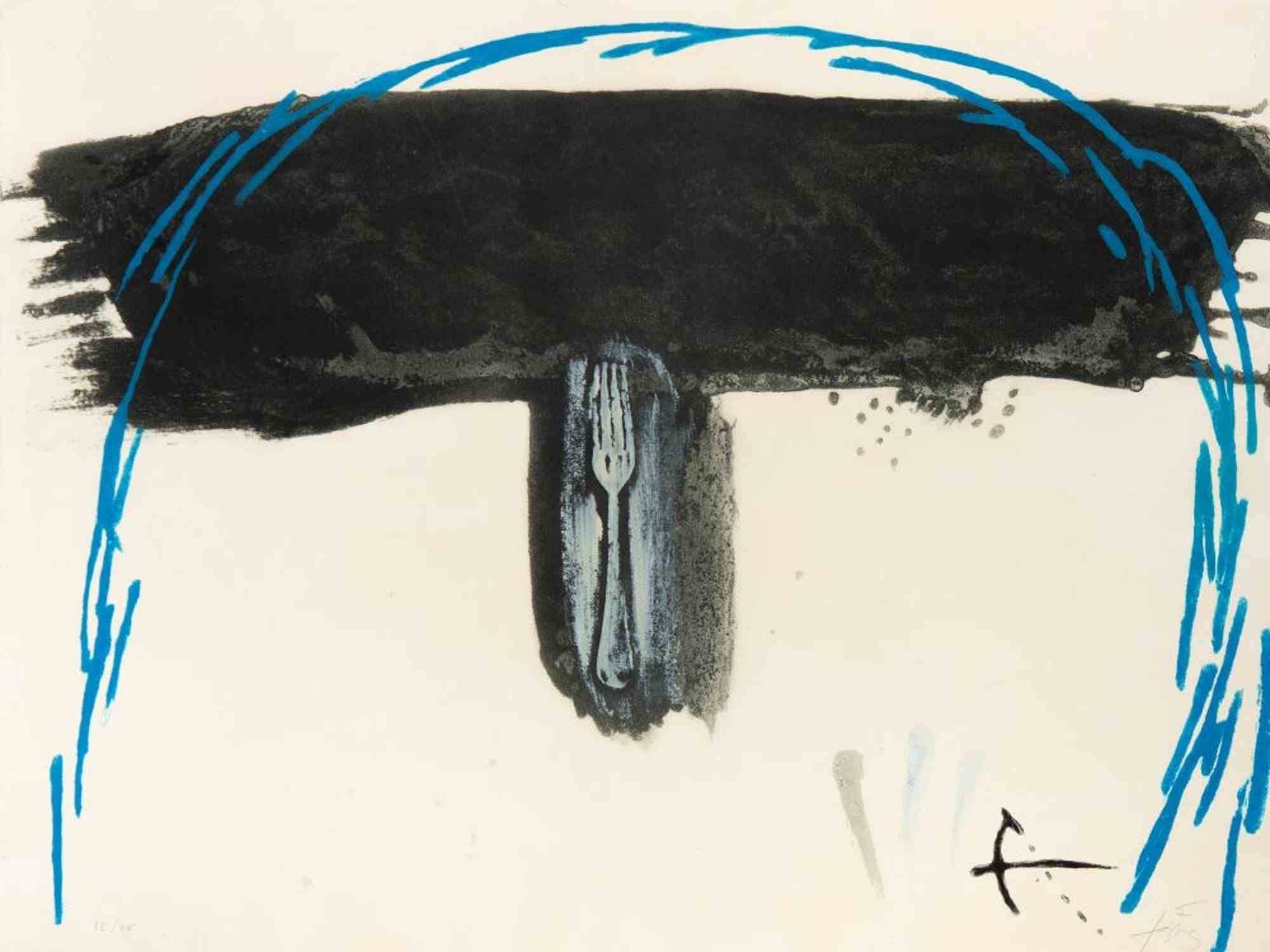
Arc Blau
Antoni Tapies
Etching
2625€
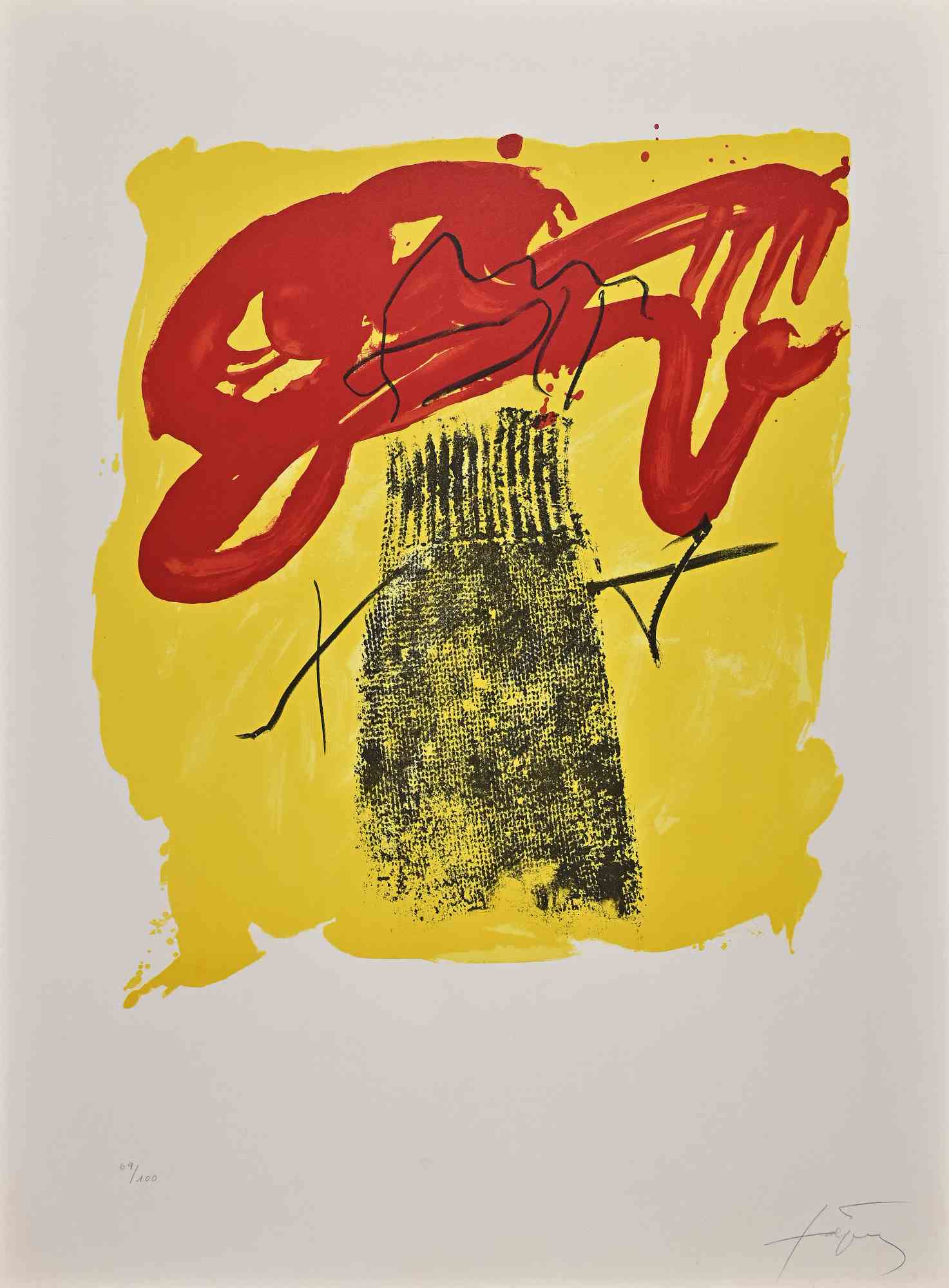
Roig I Negre. Punto 79
Antoni Tapies
Lithograph
1125€
